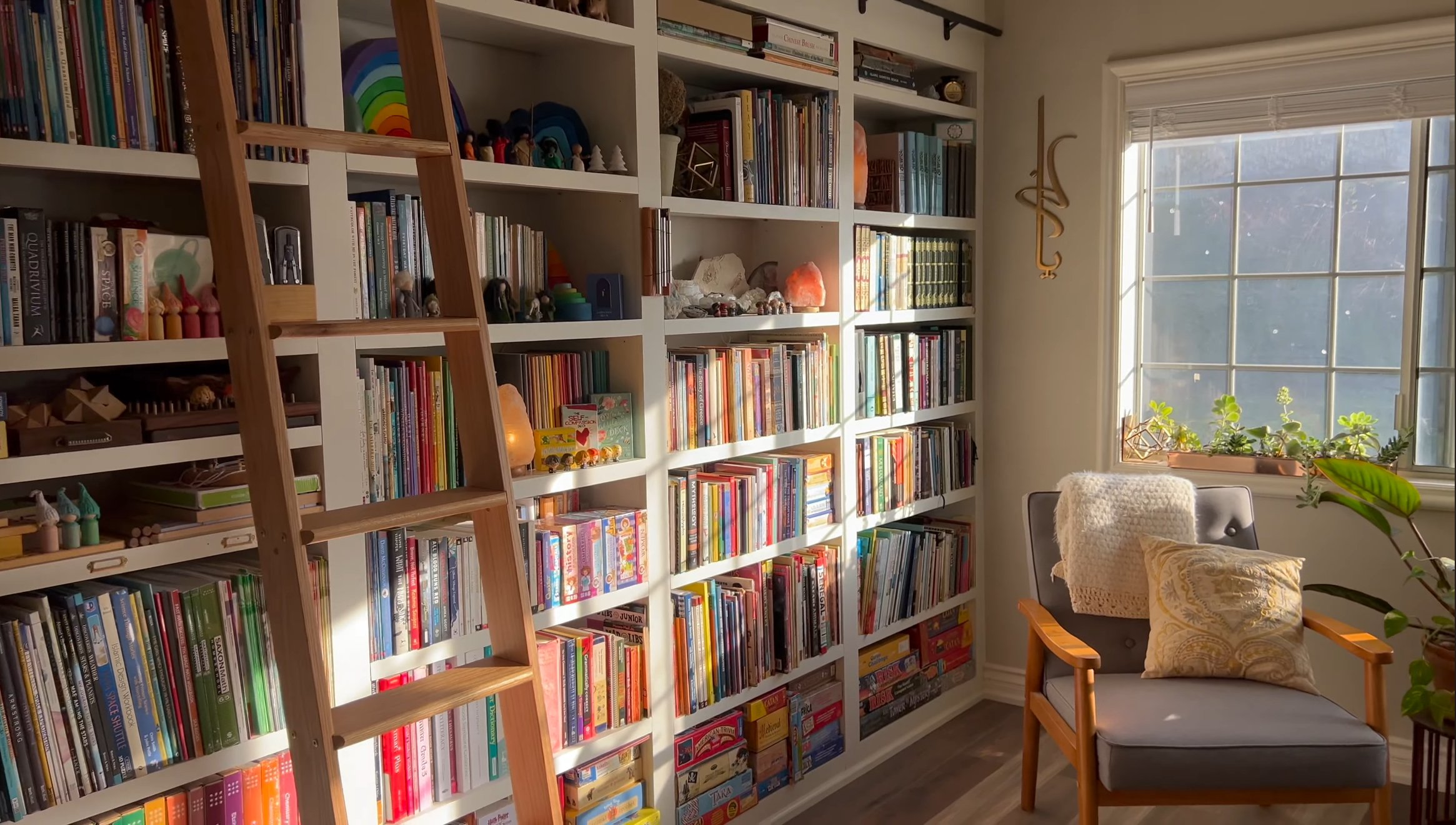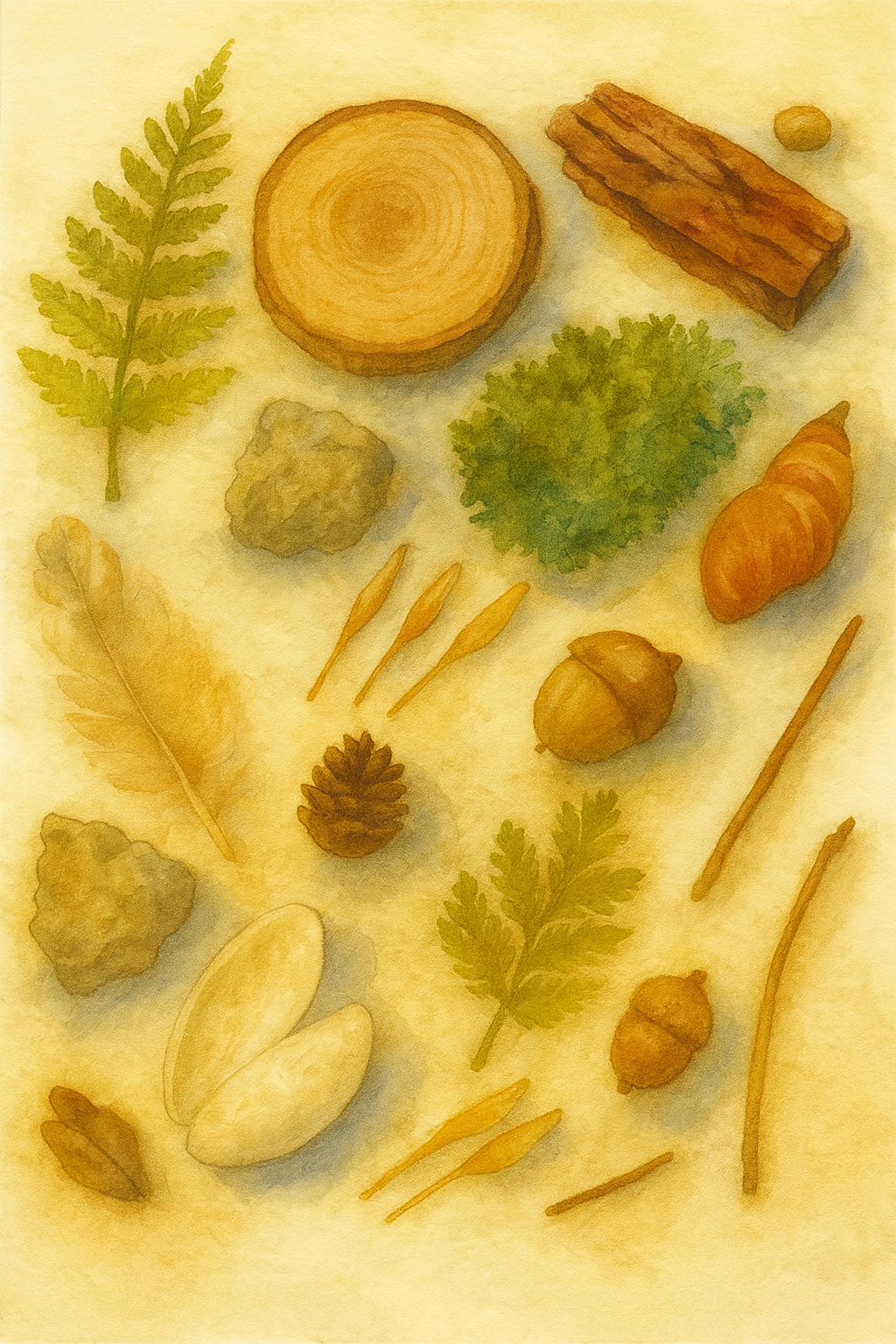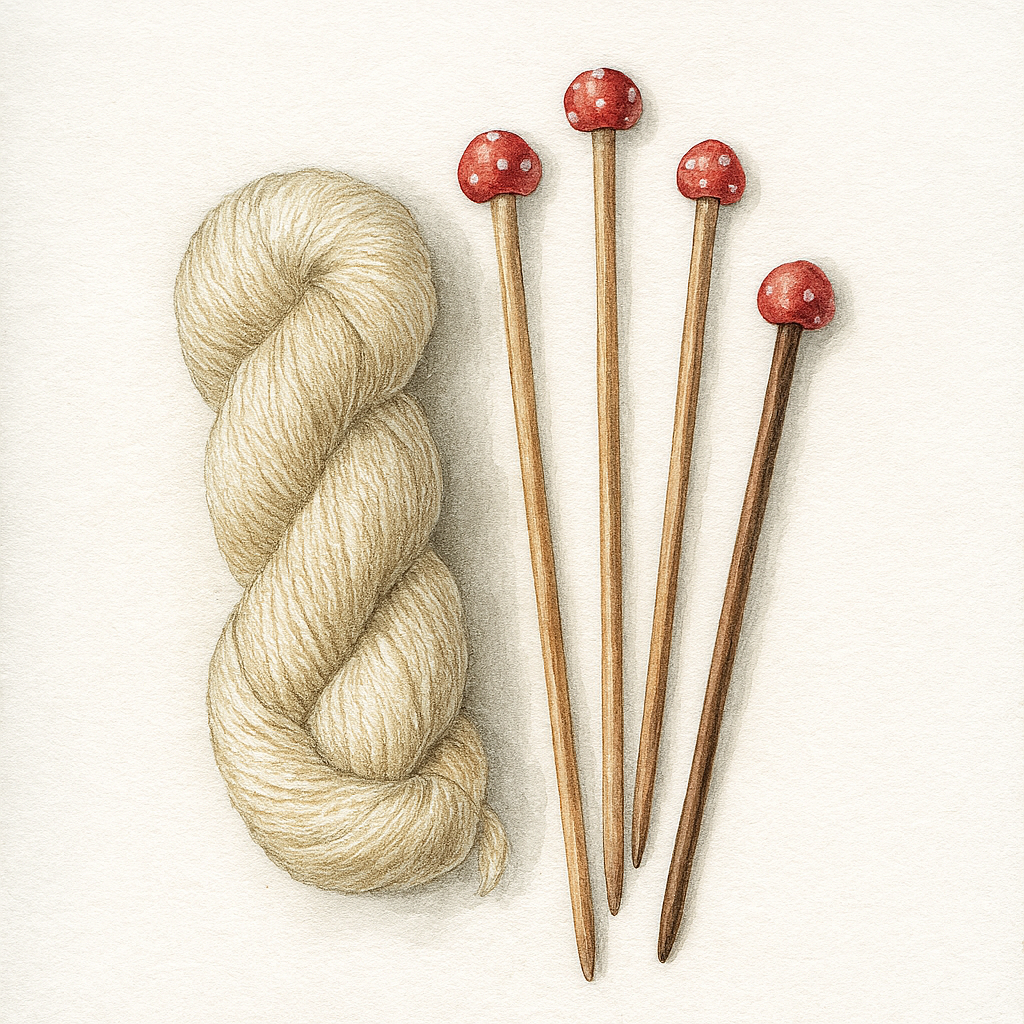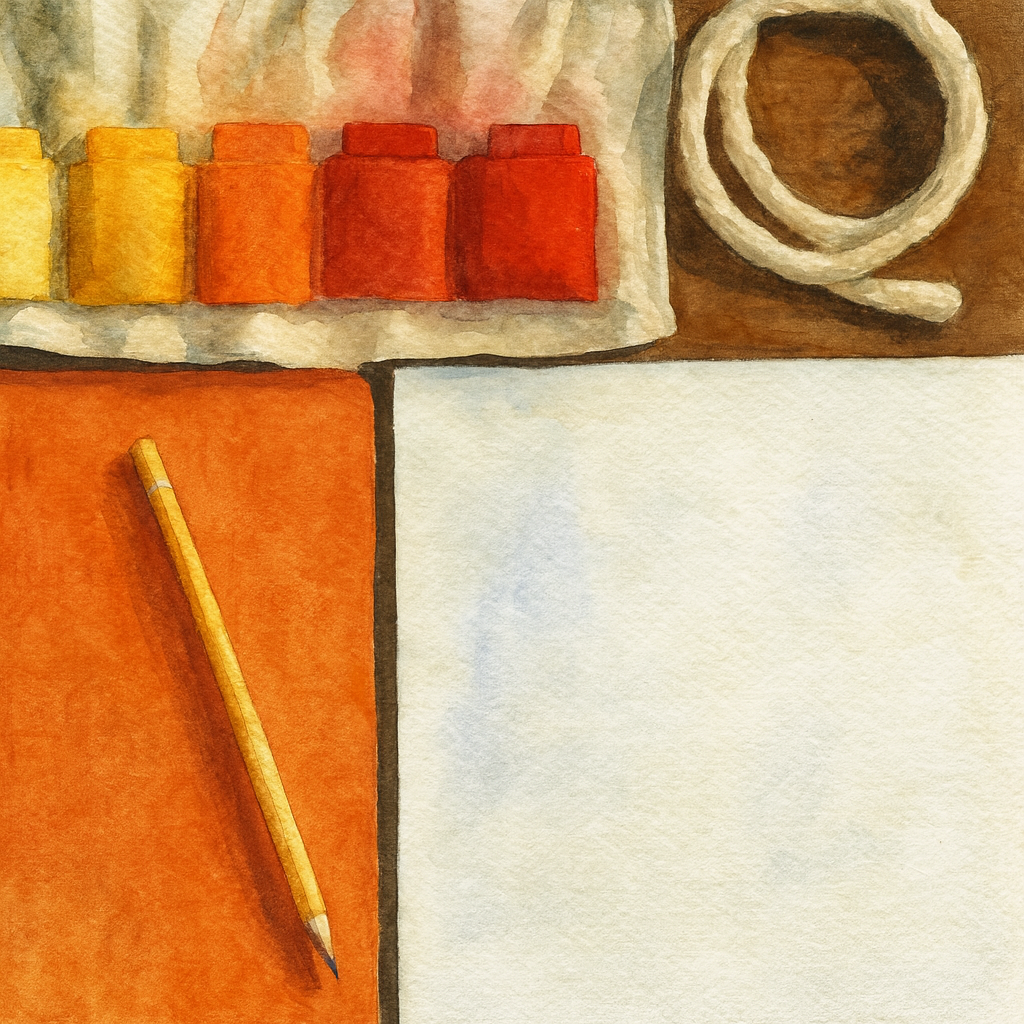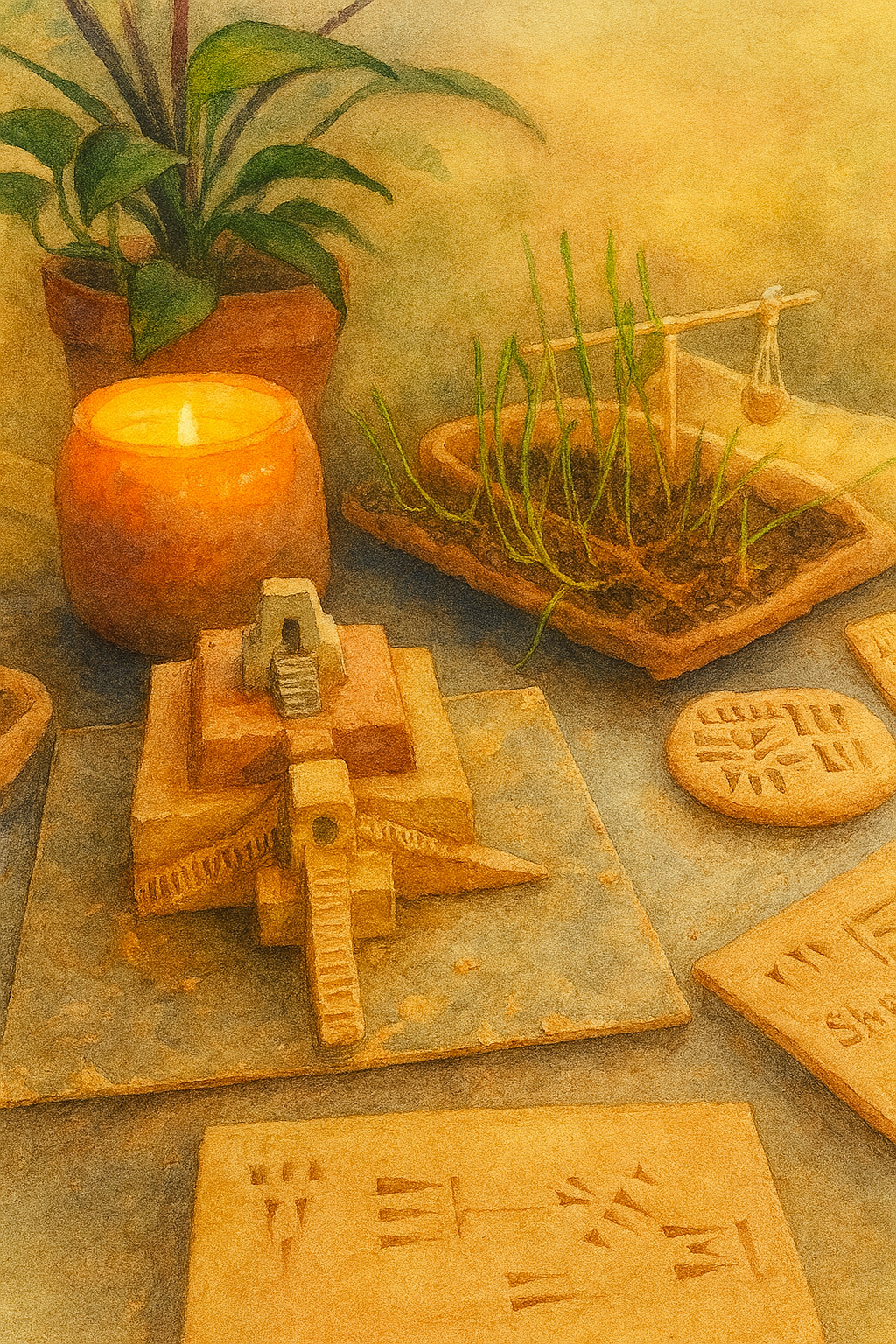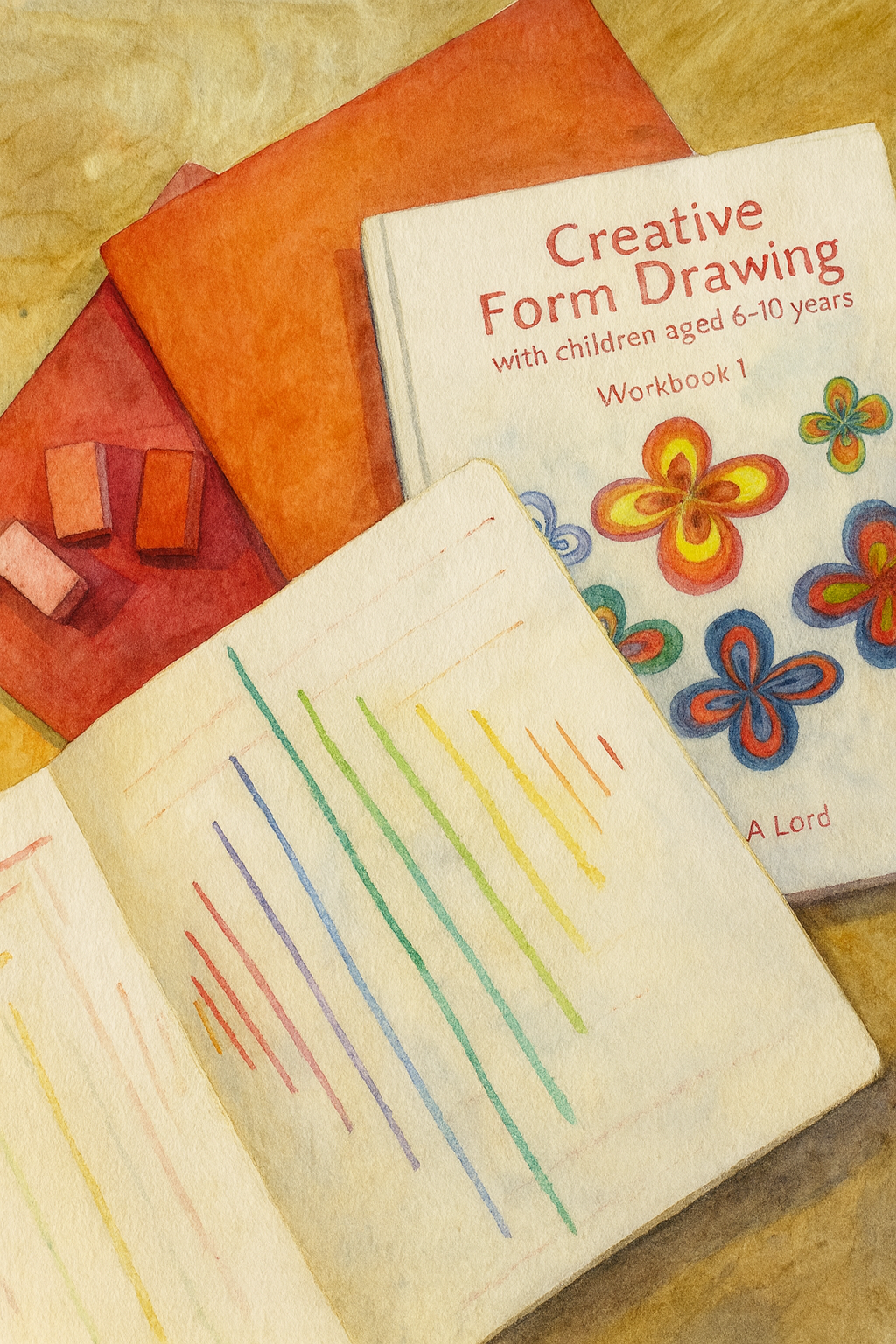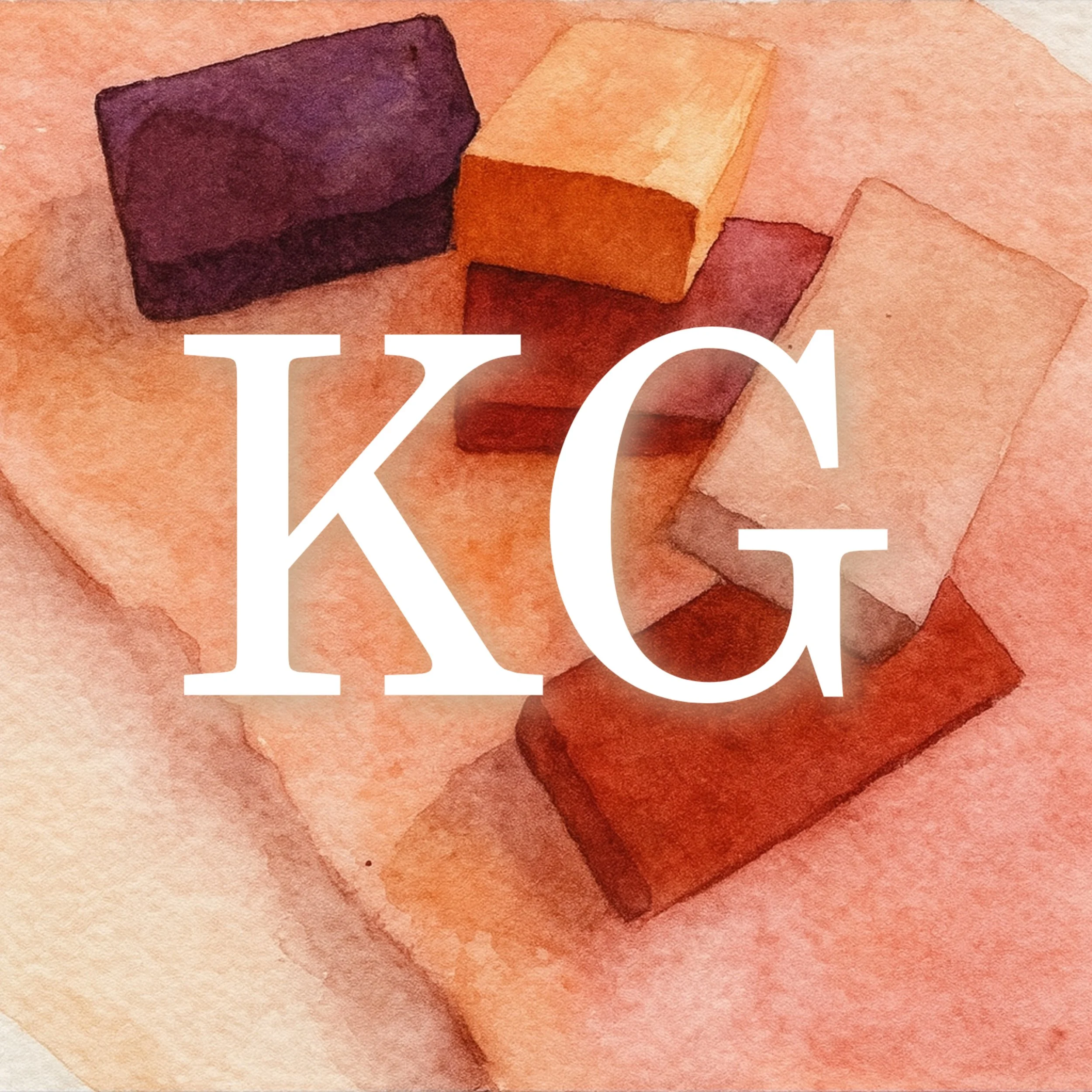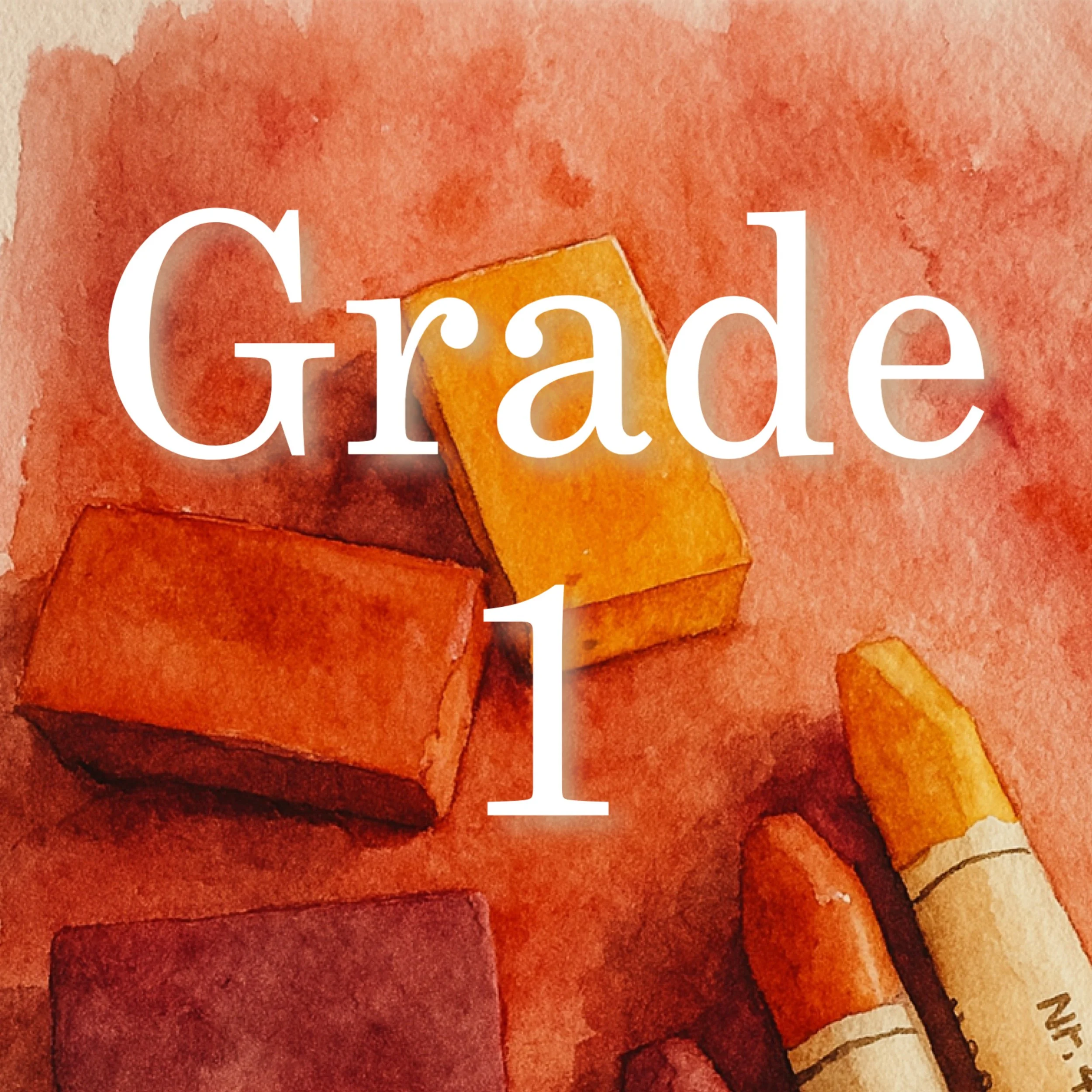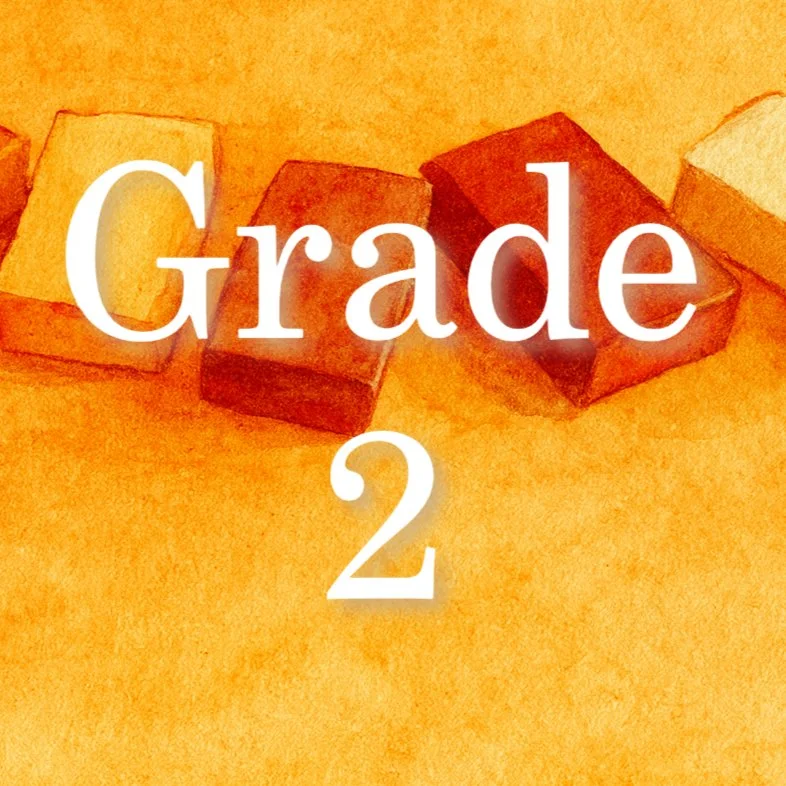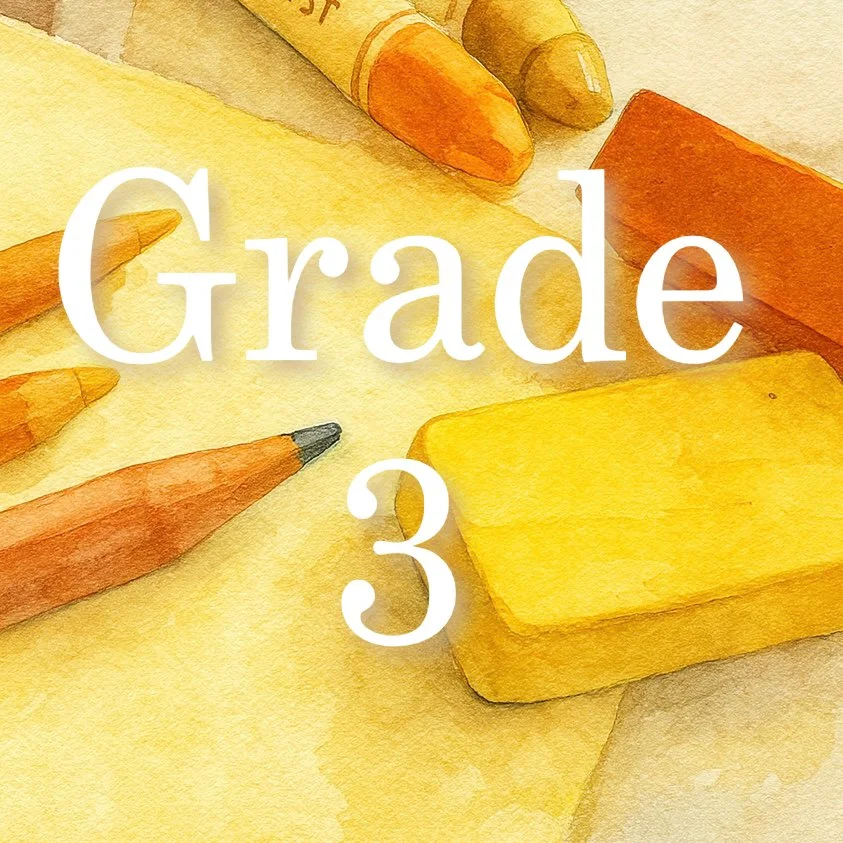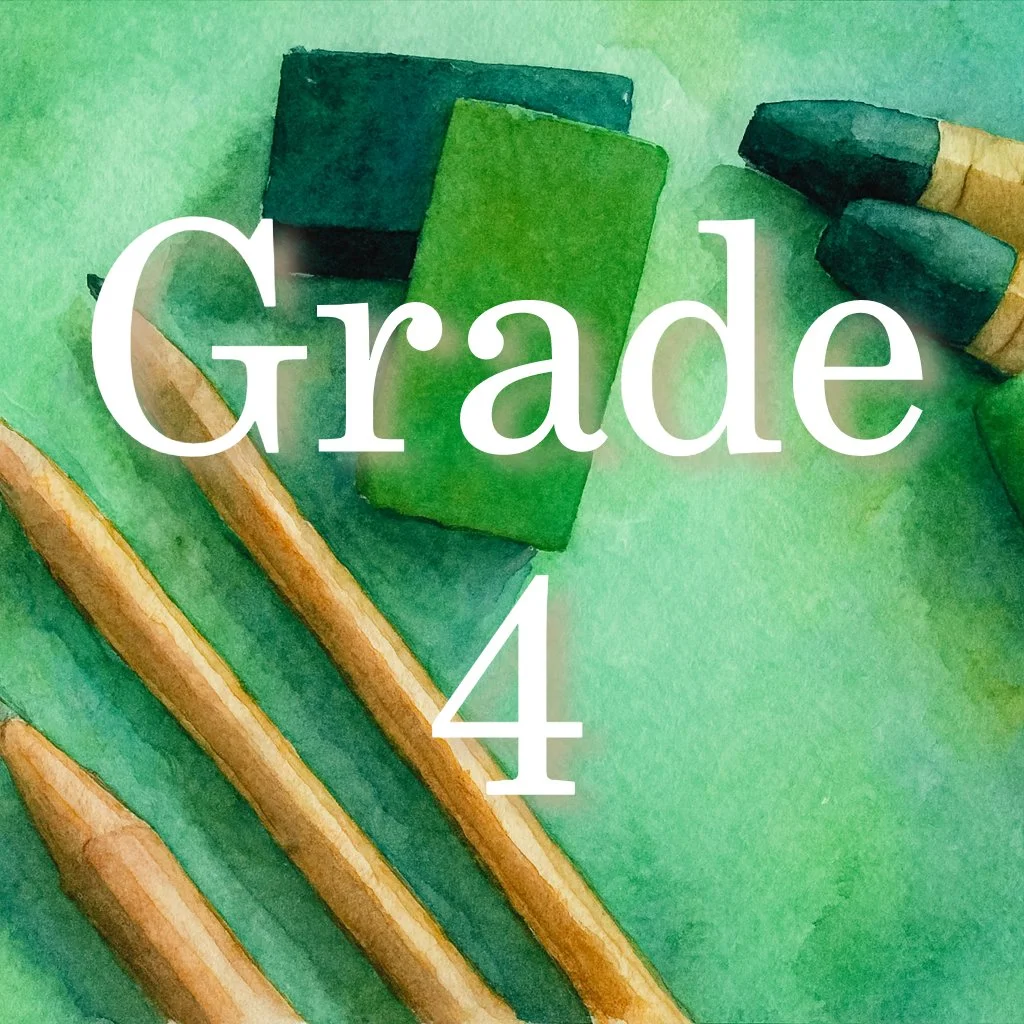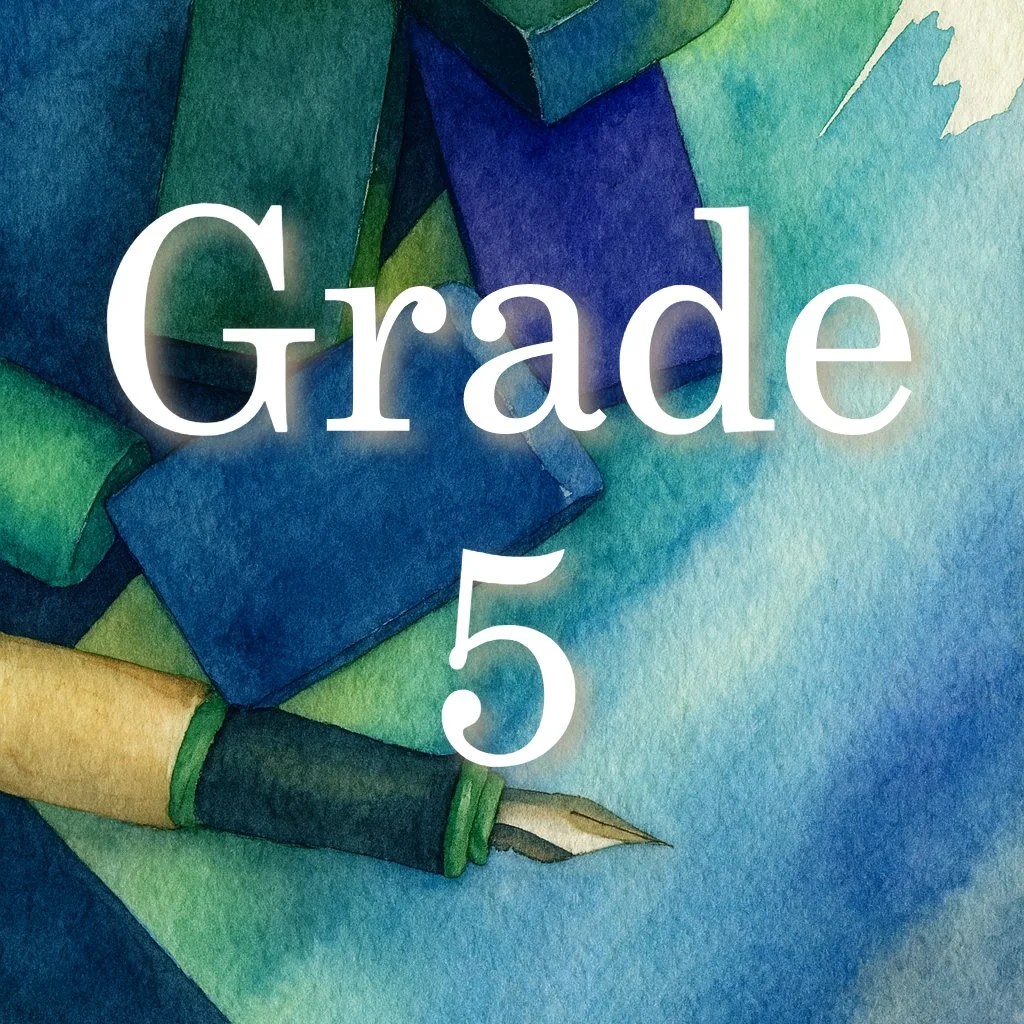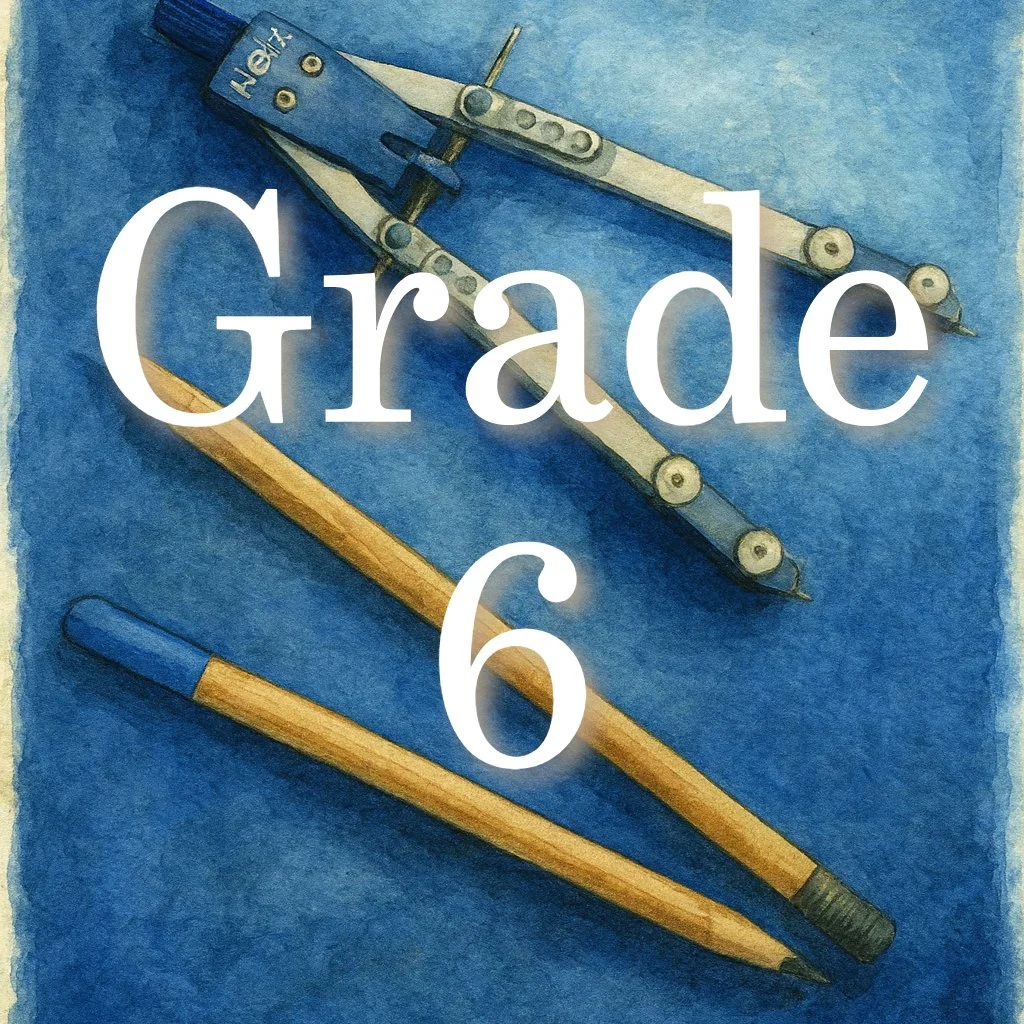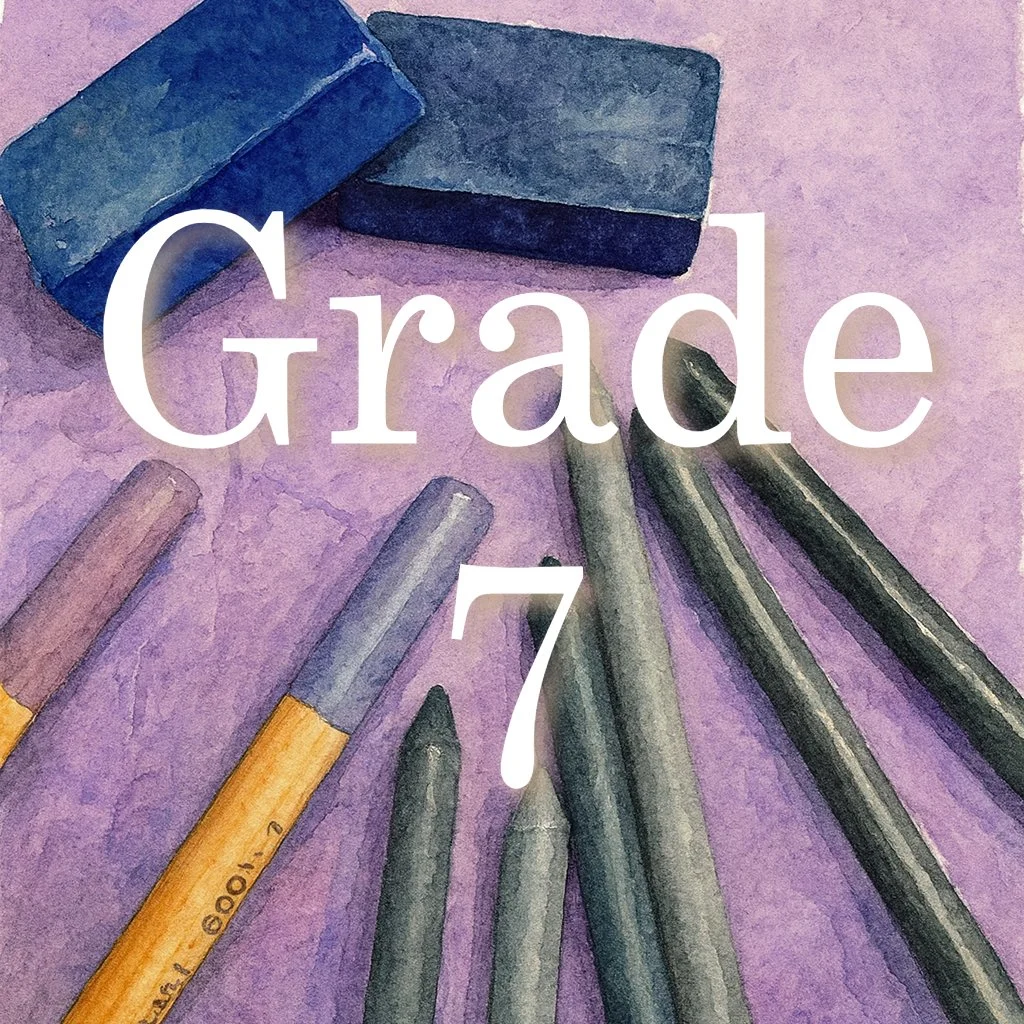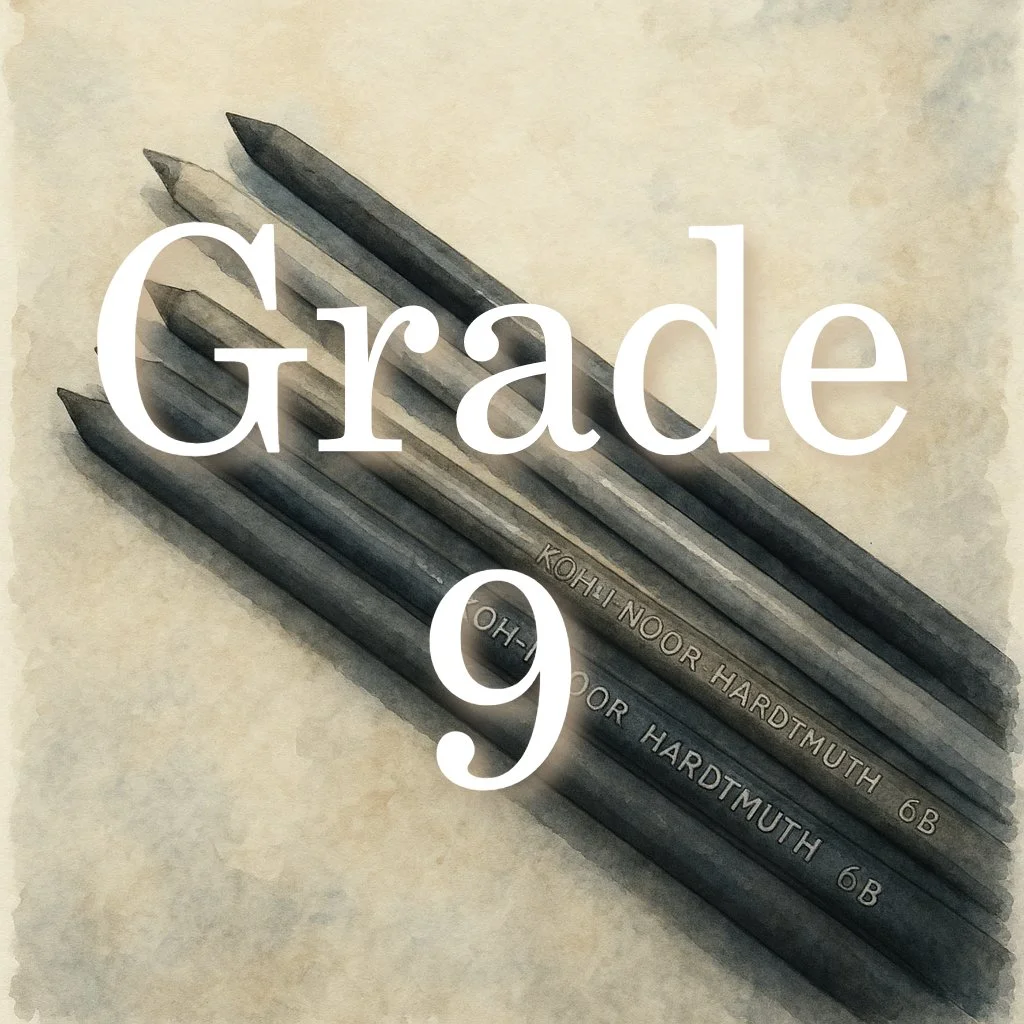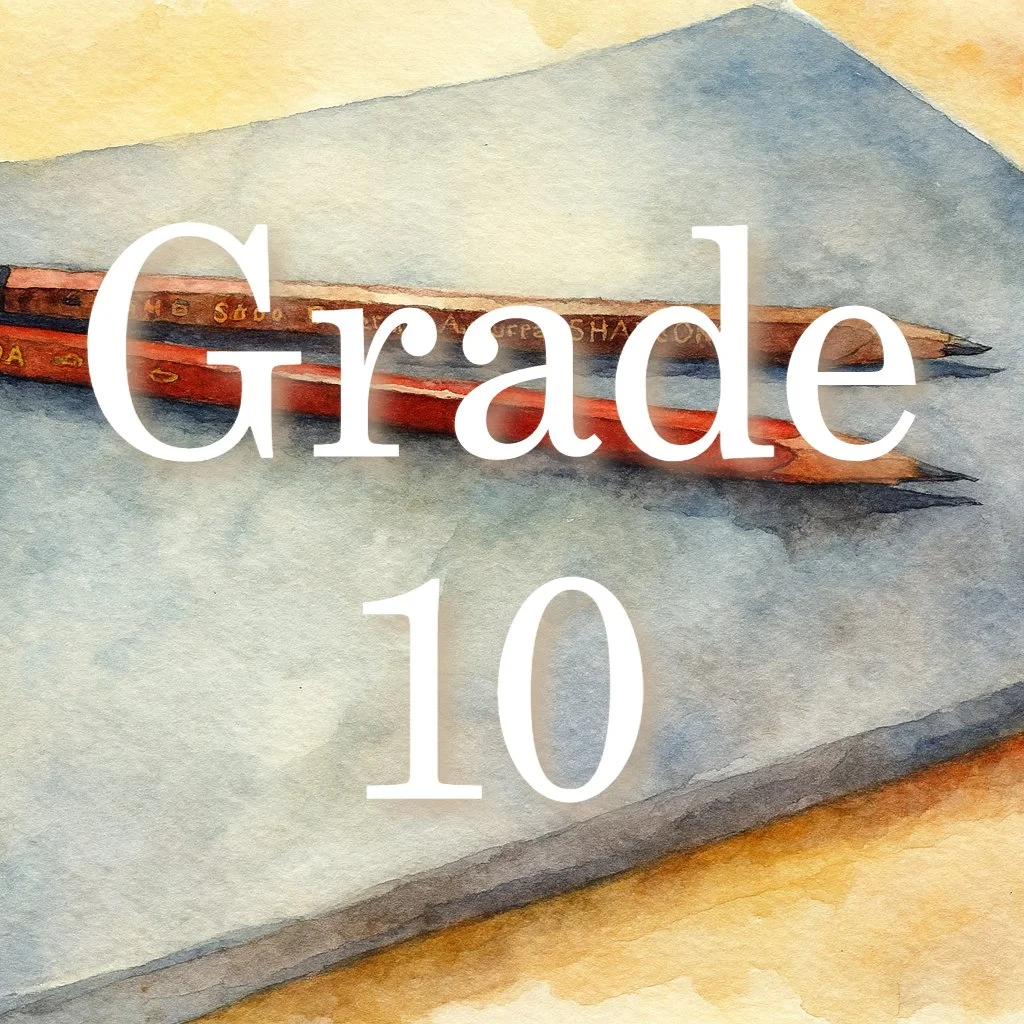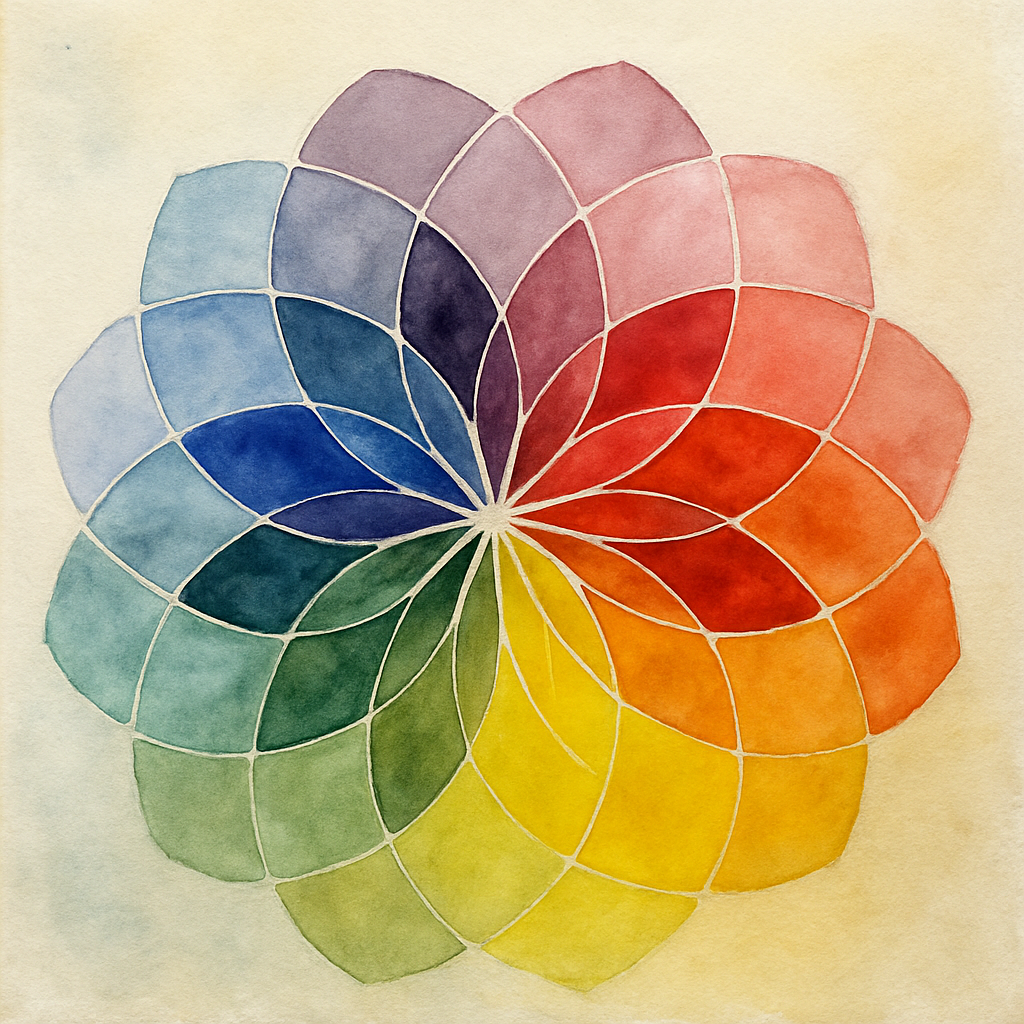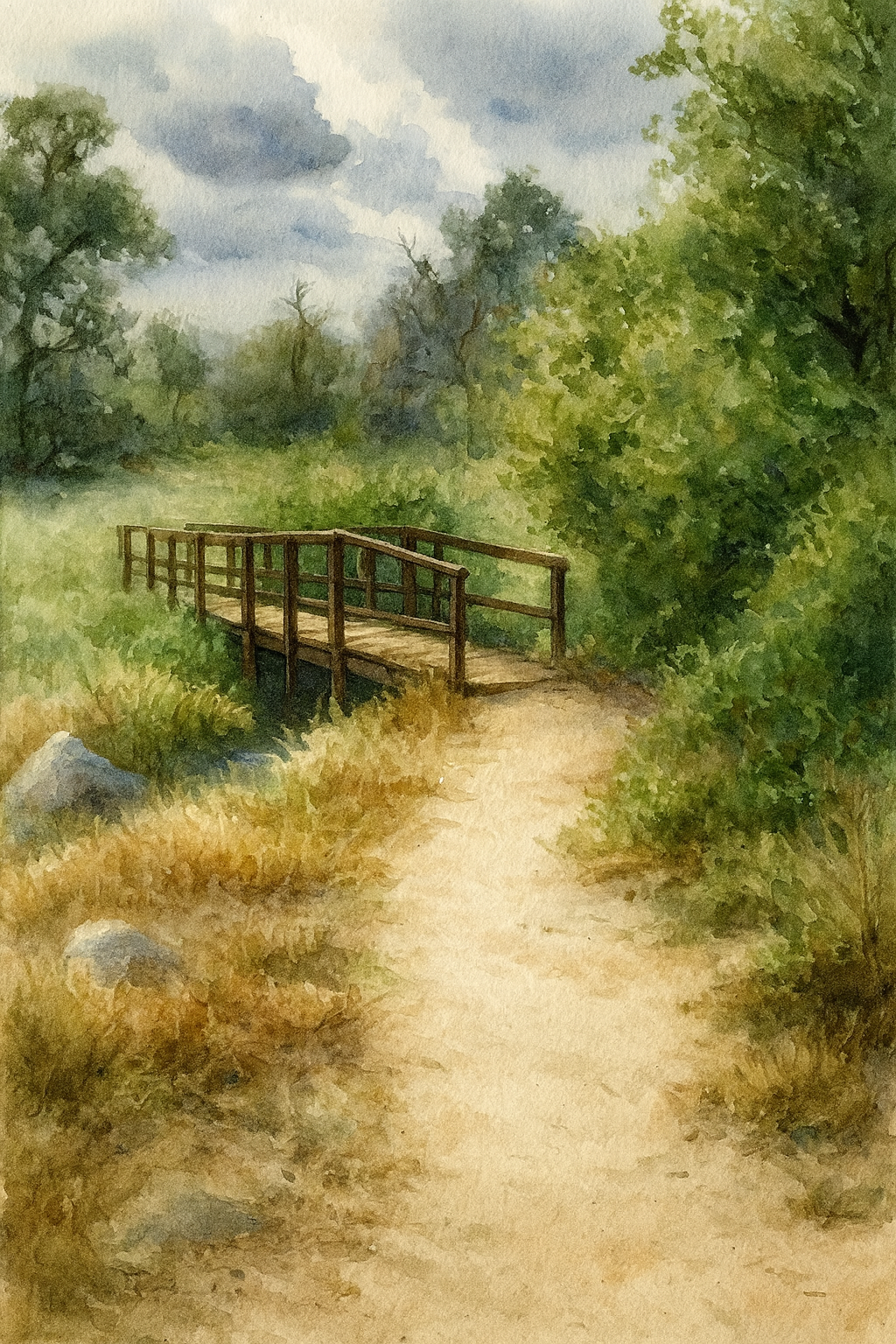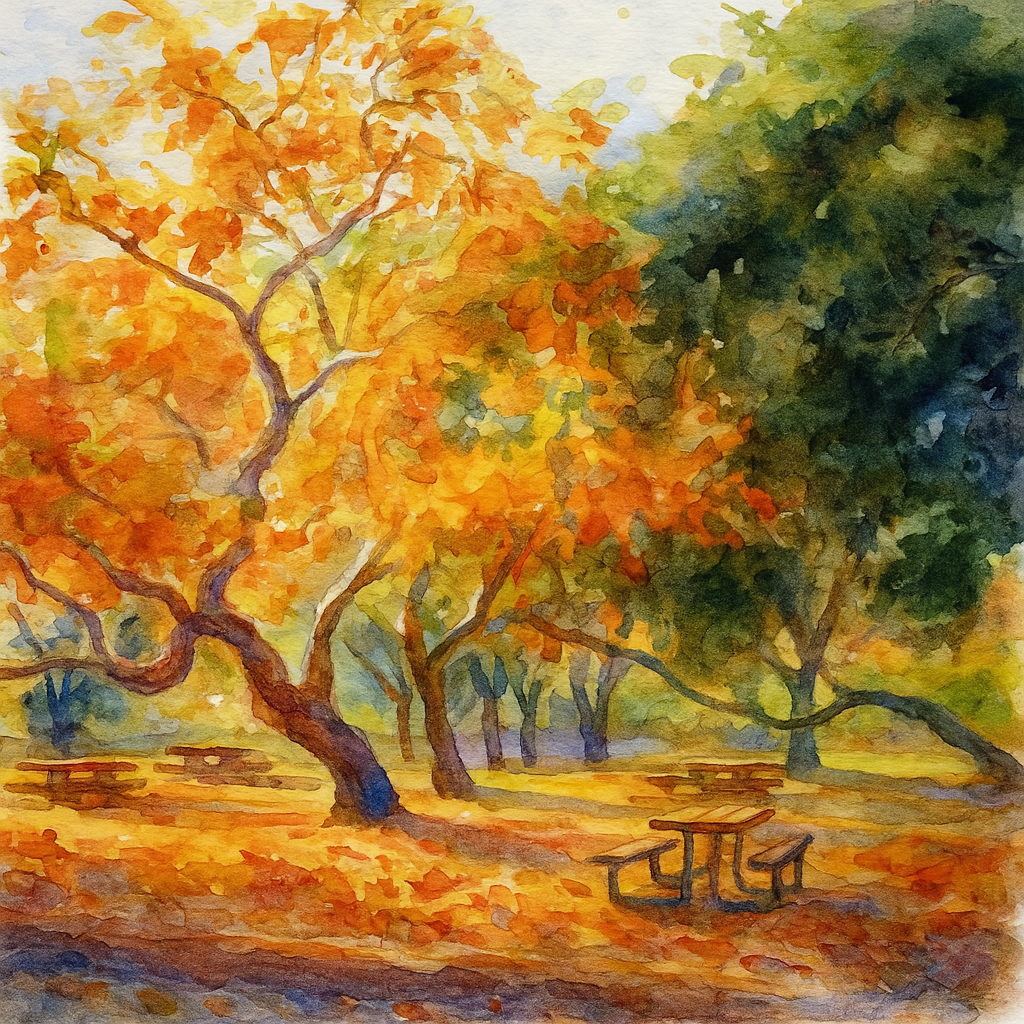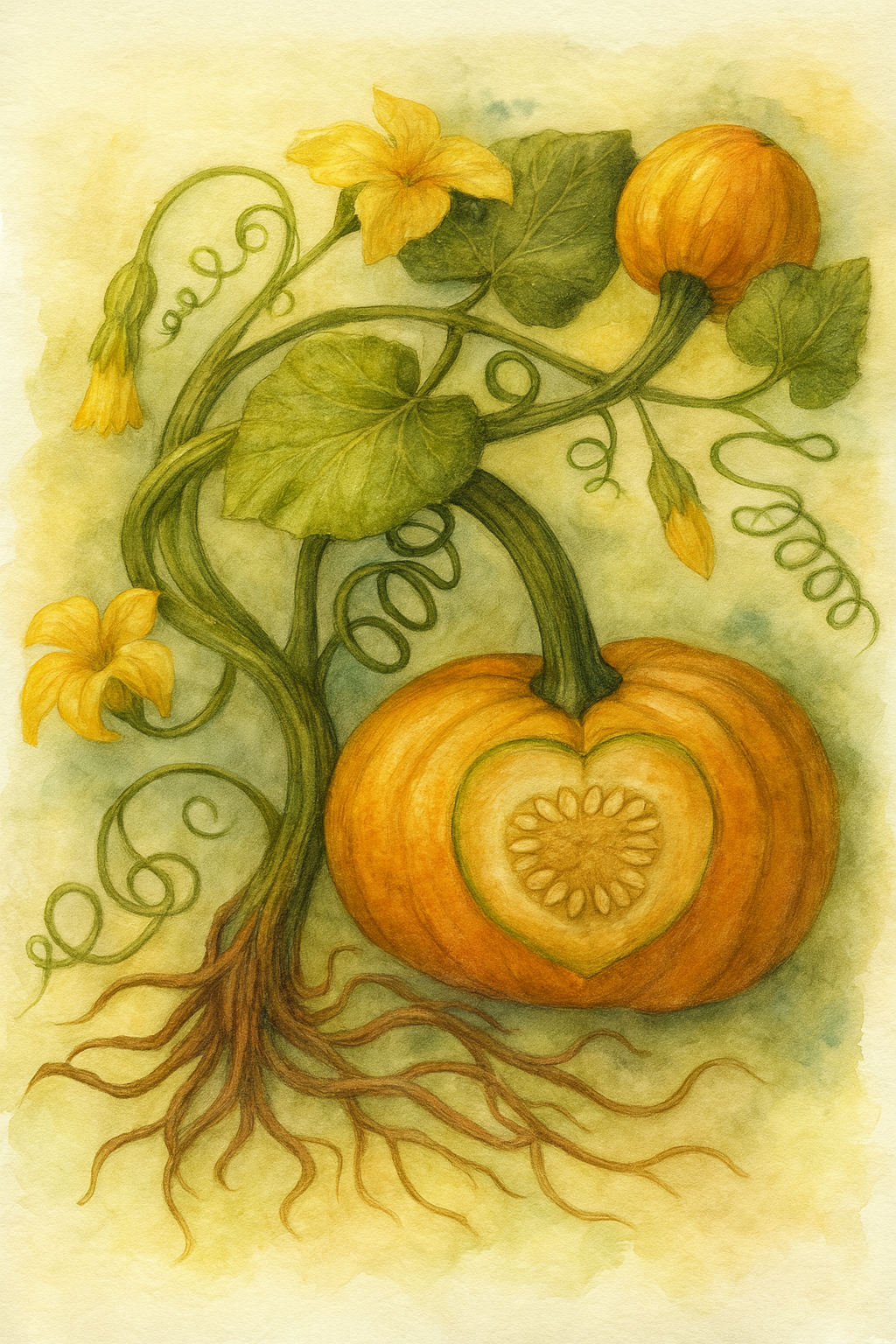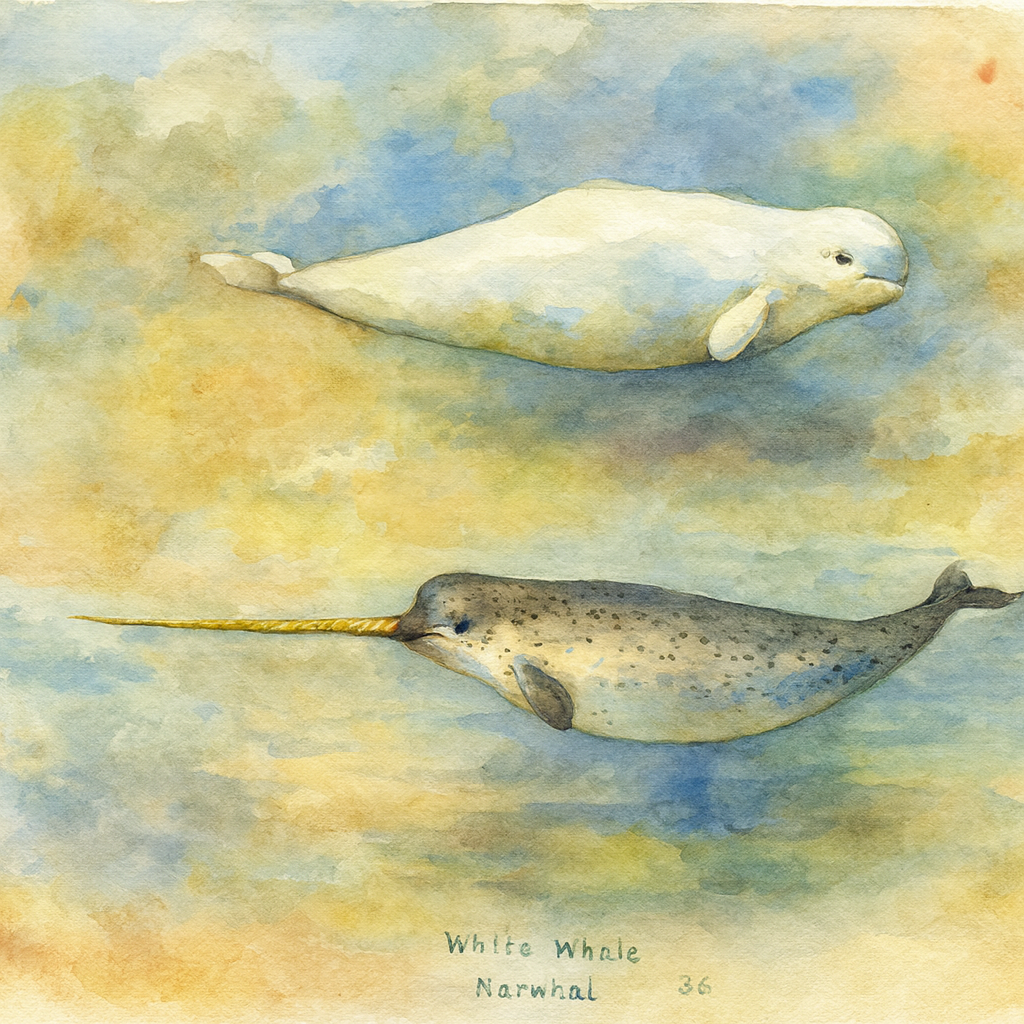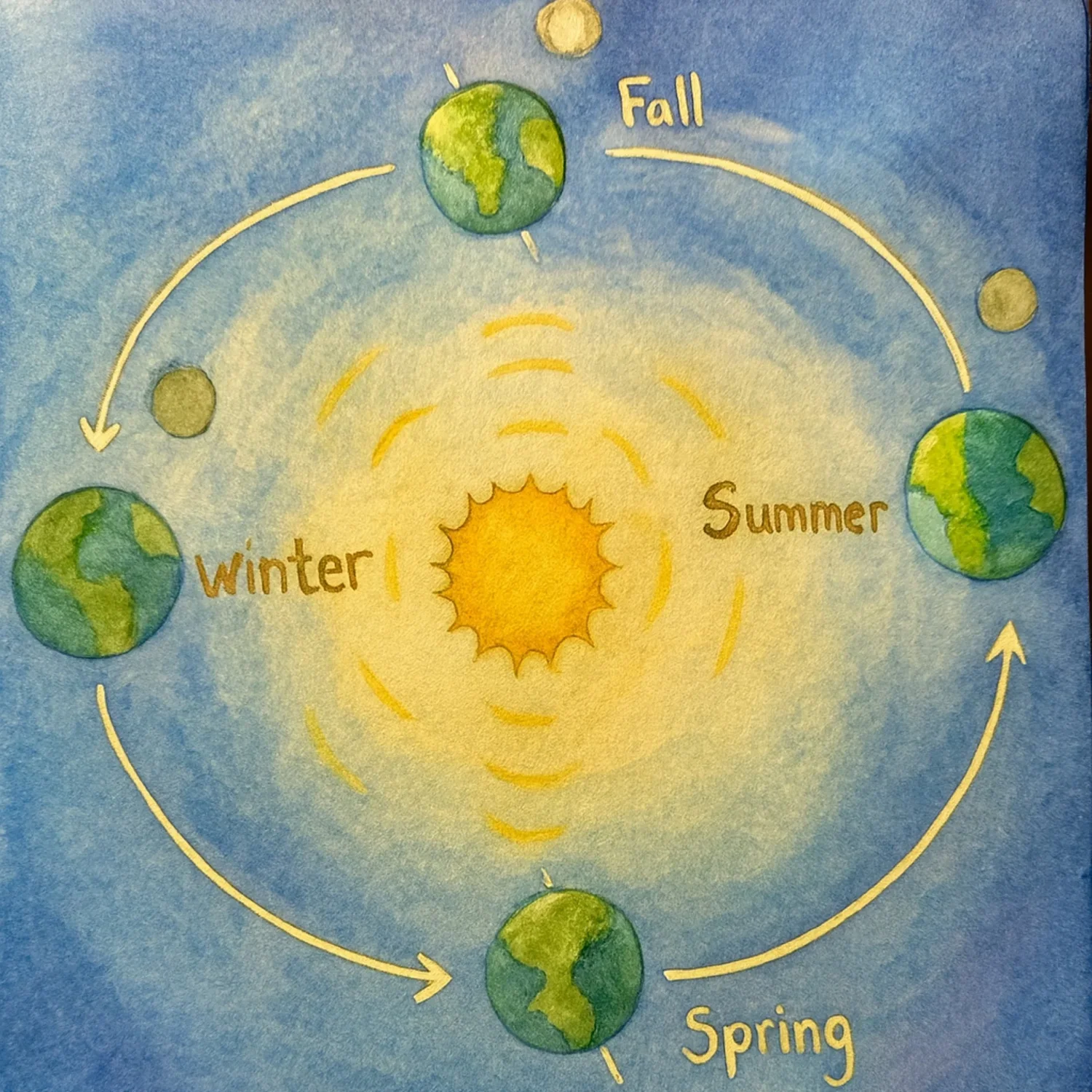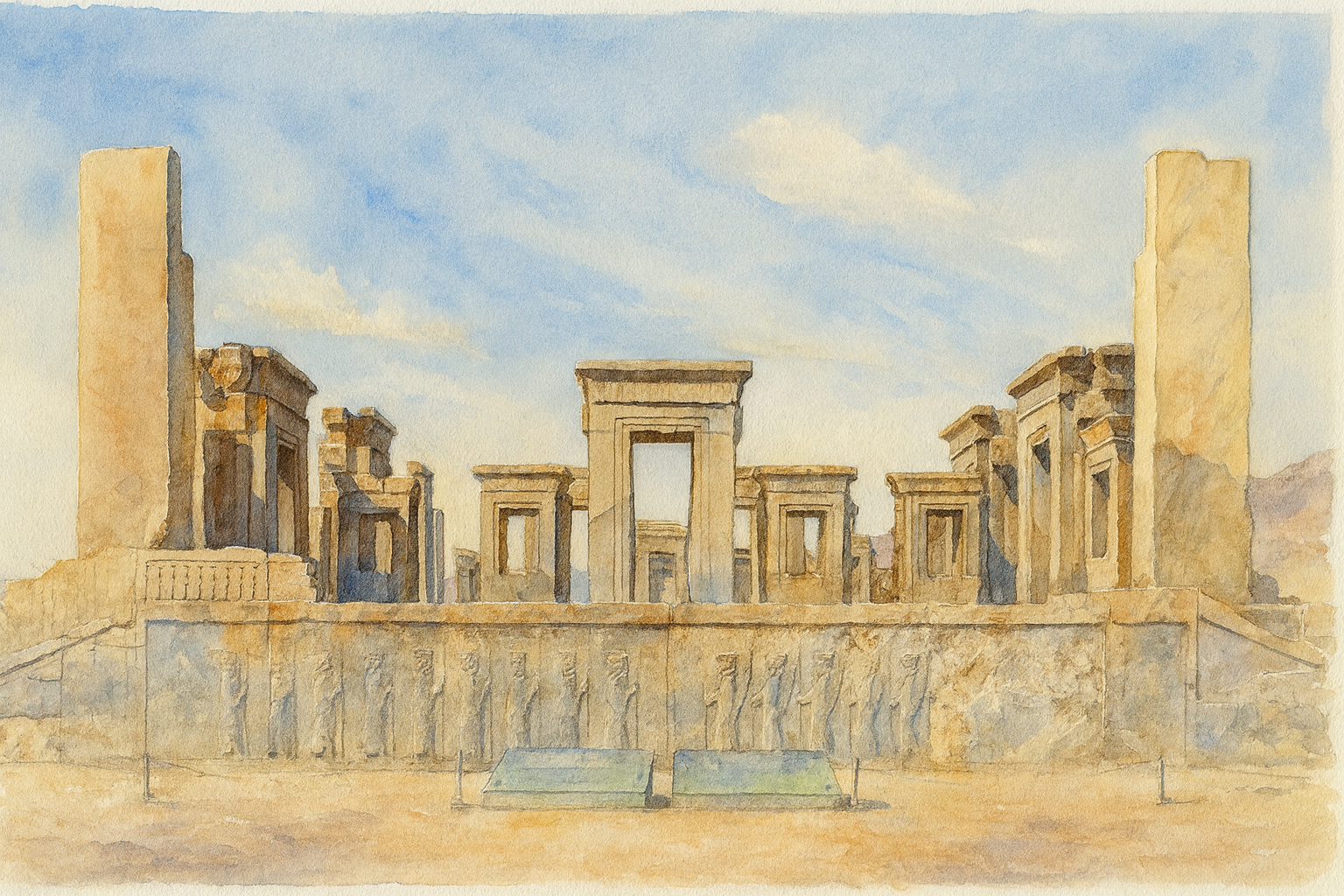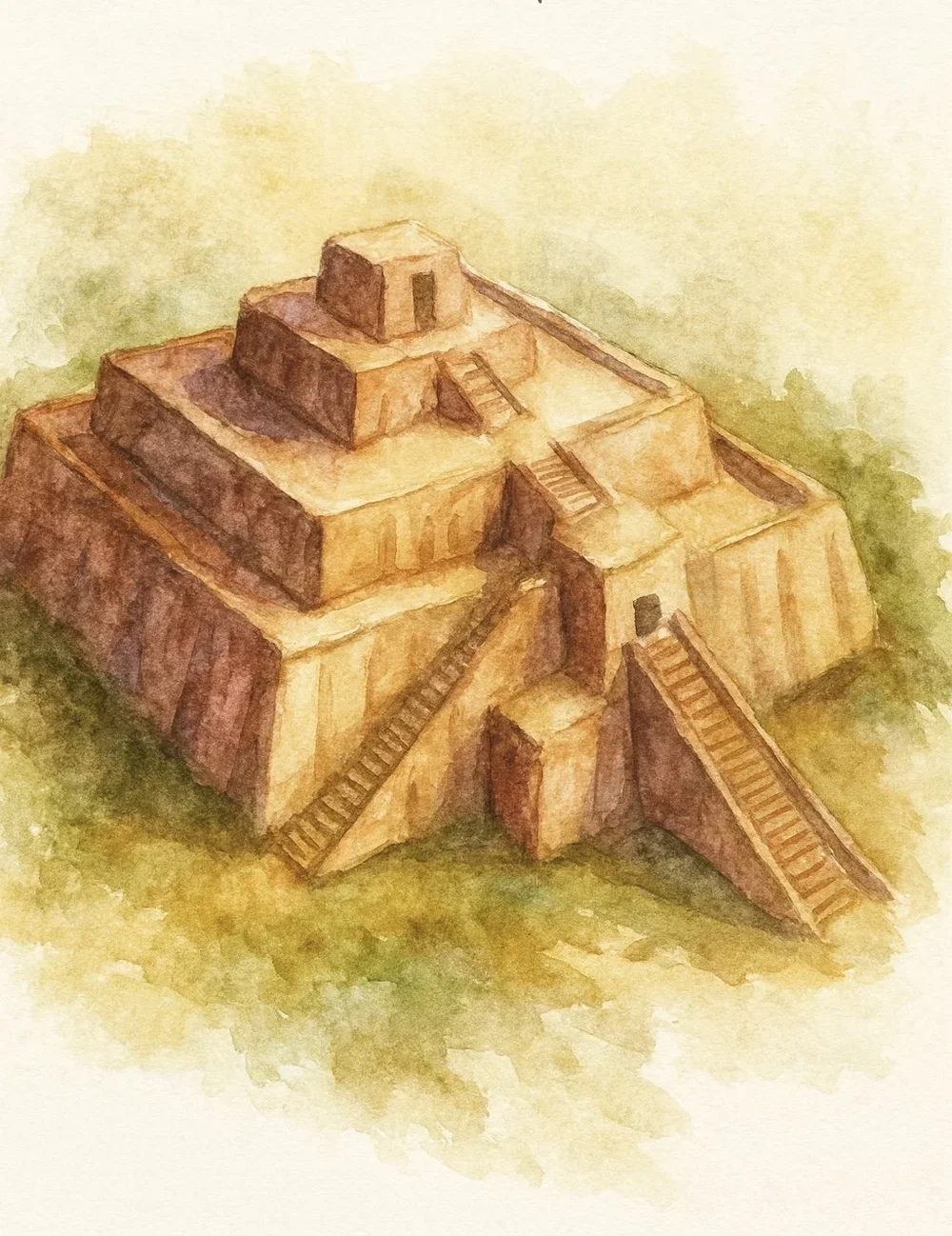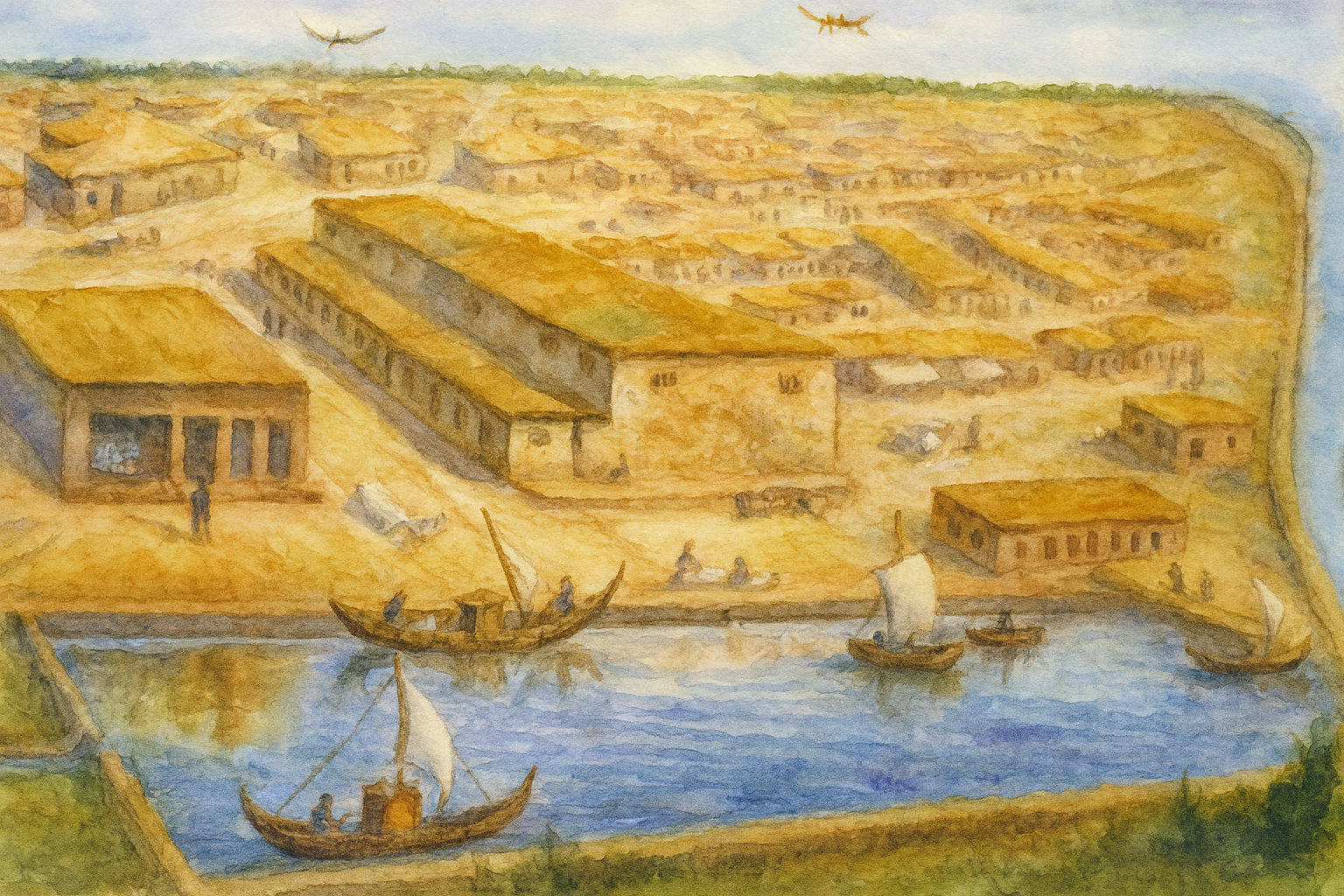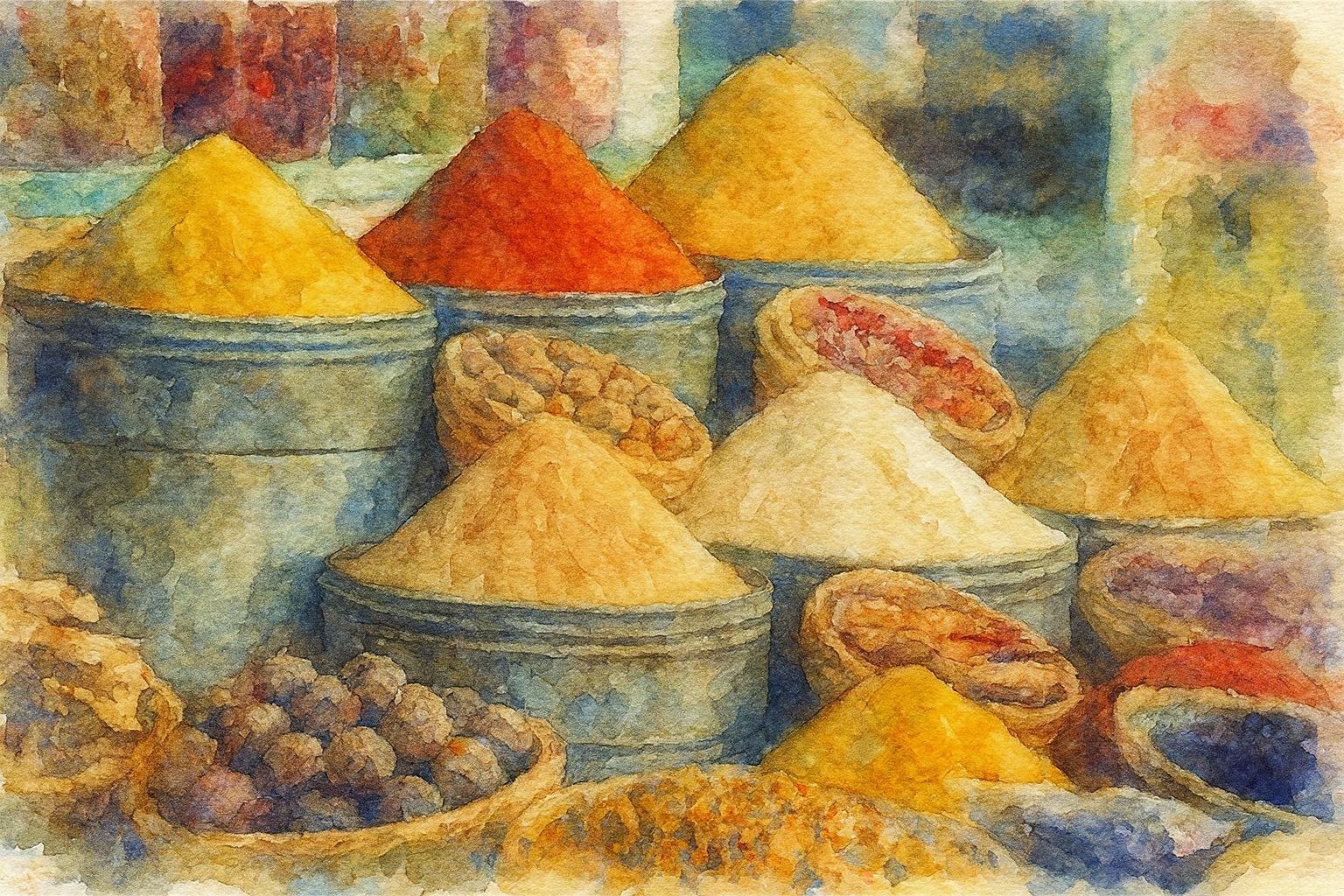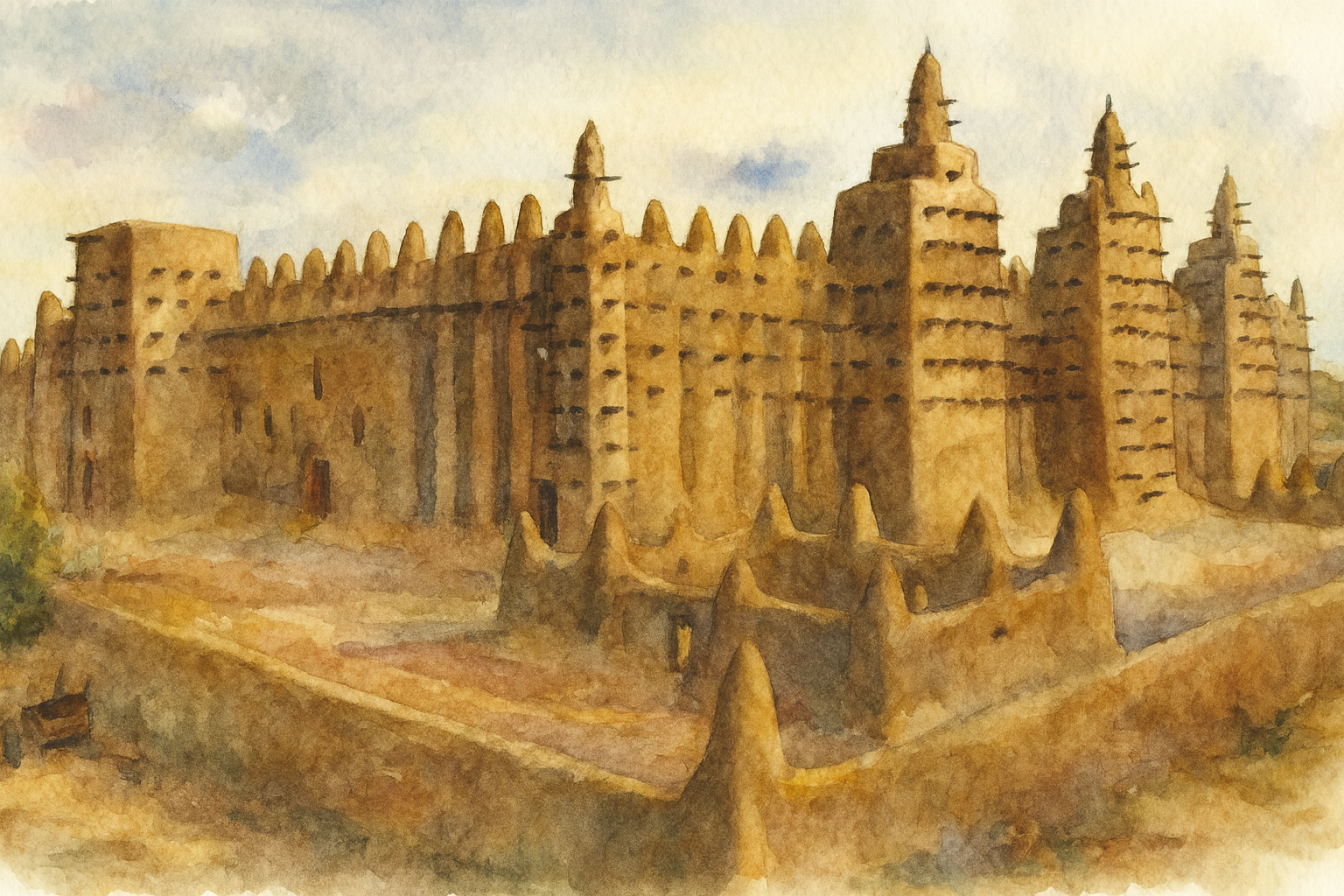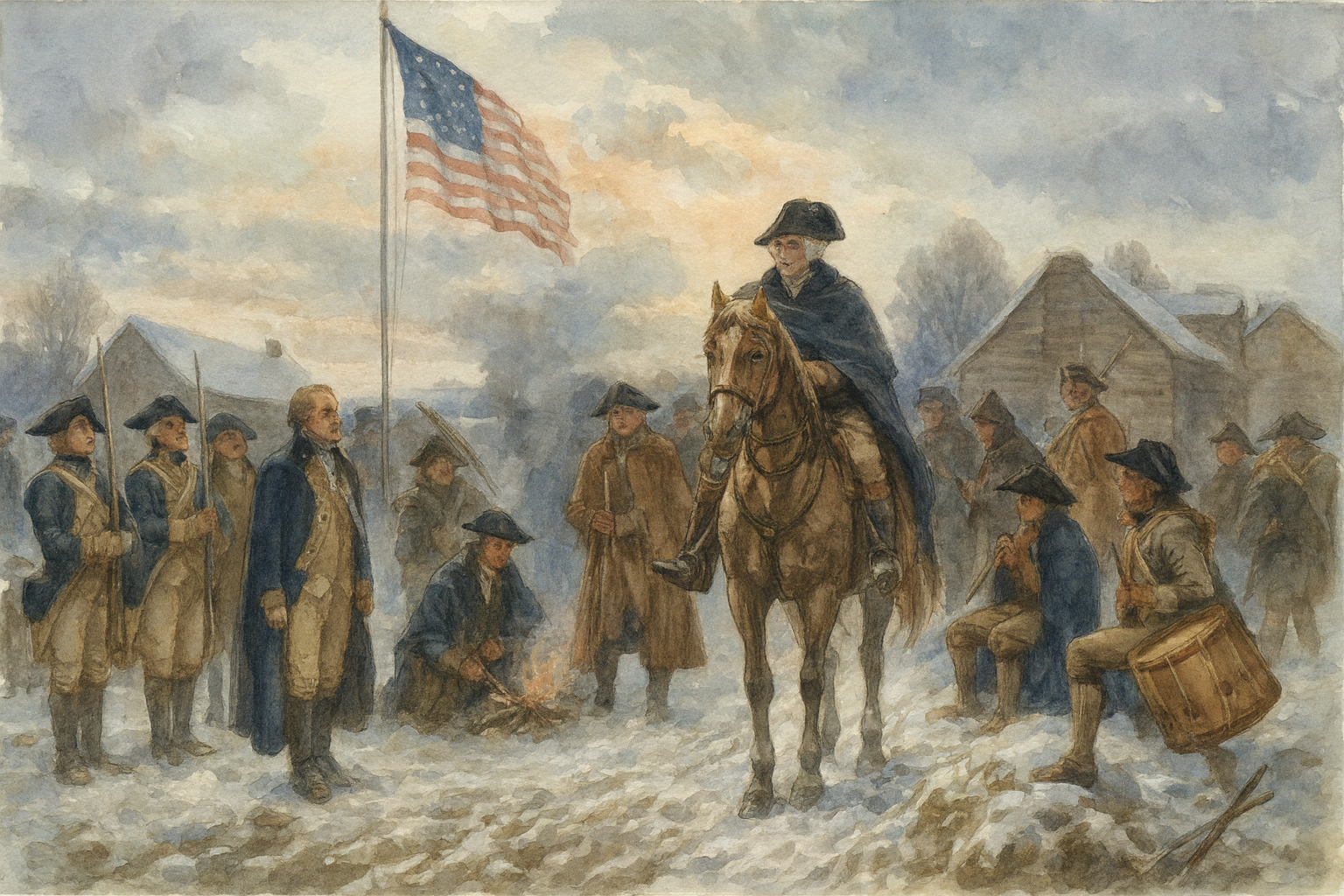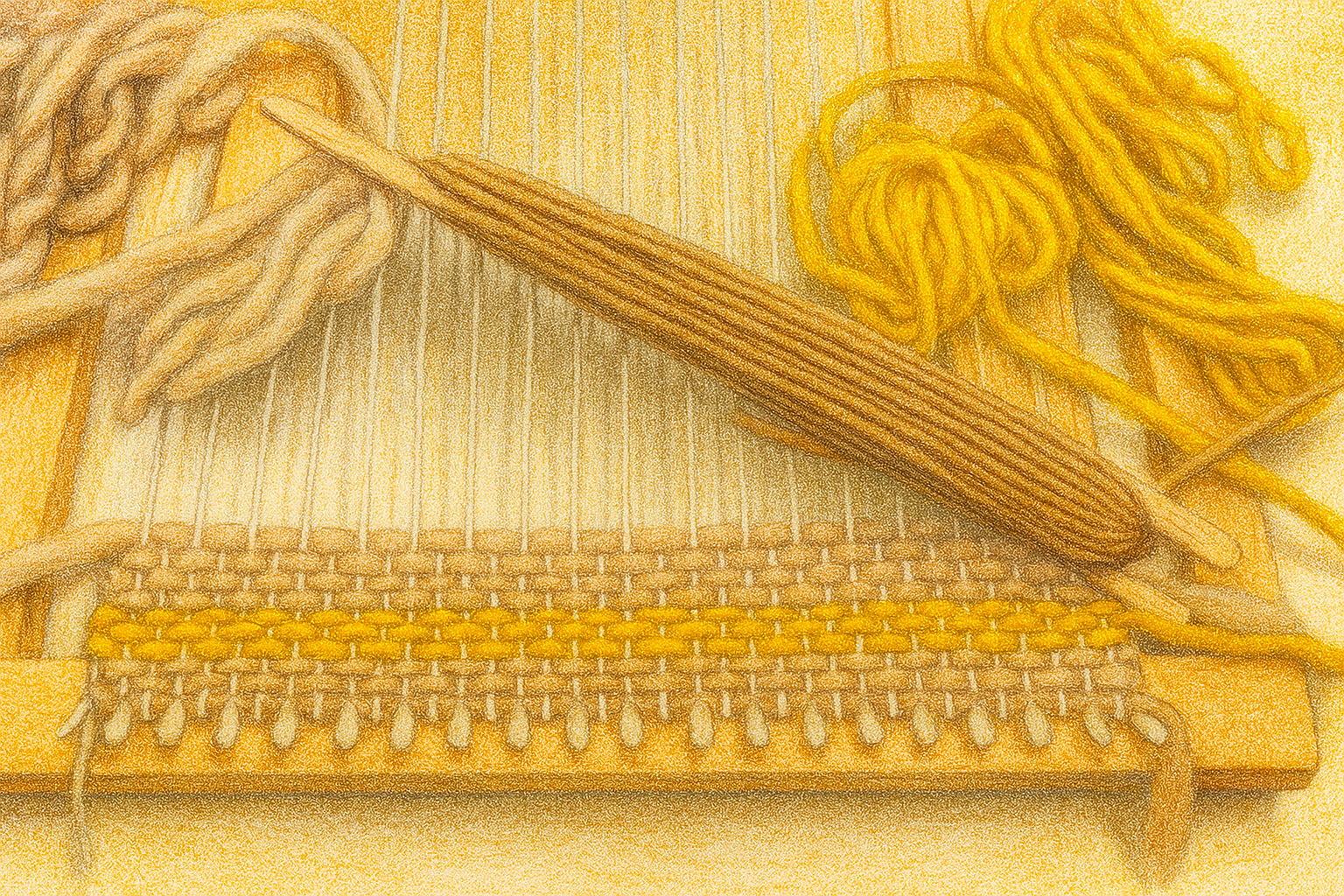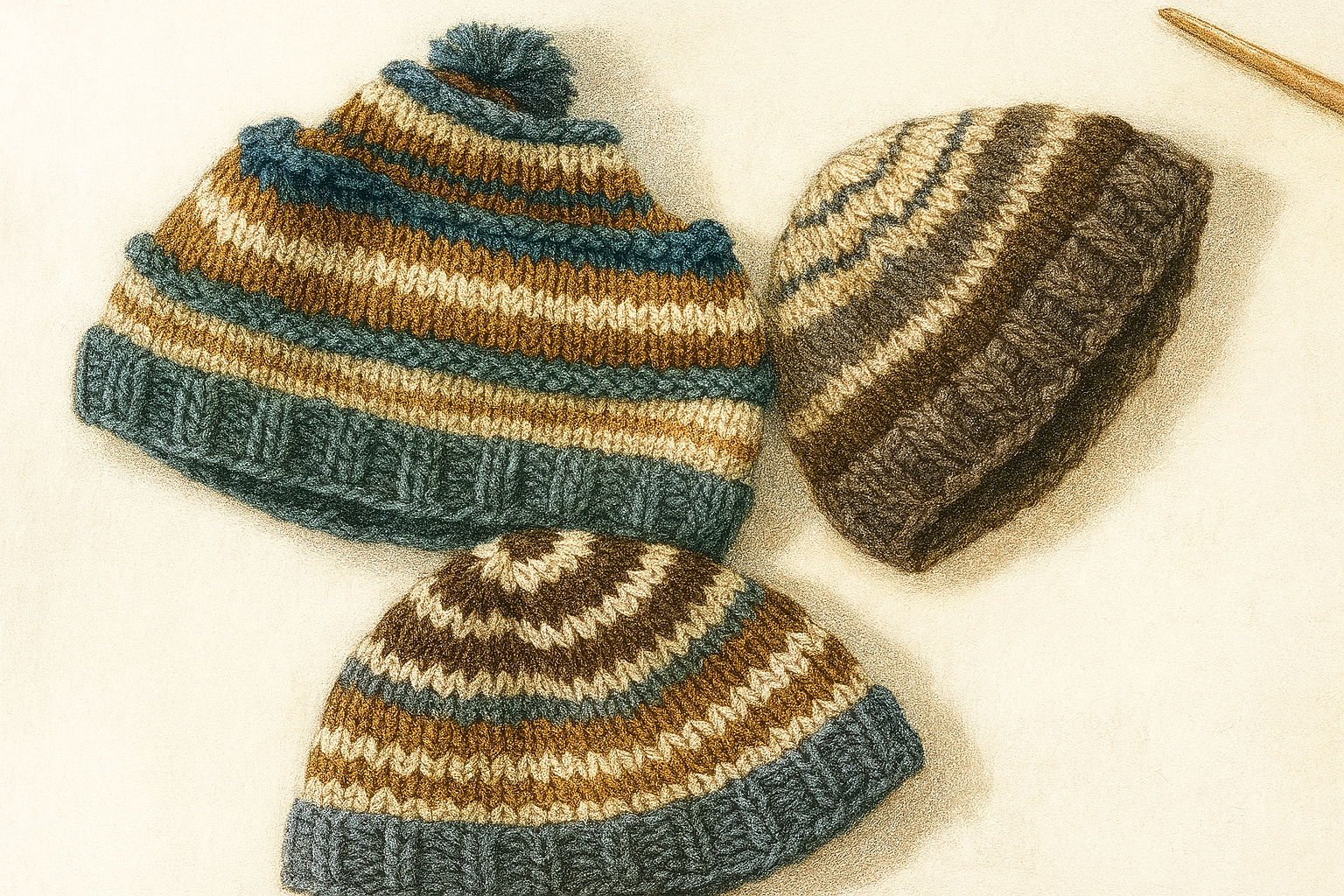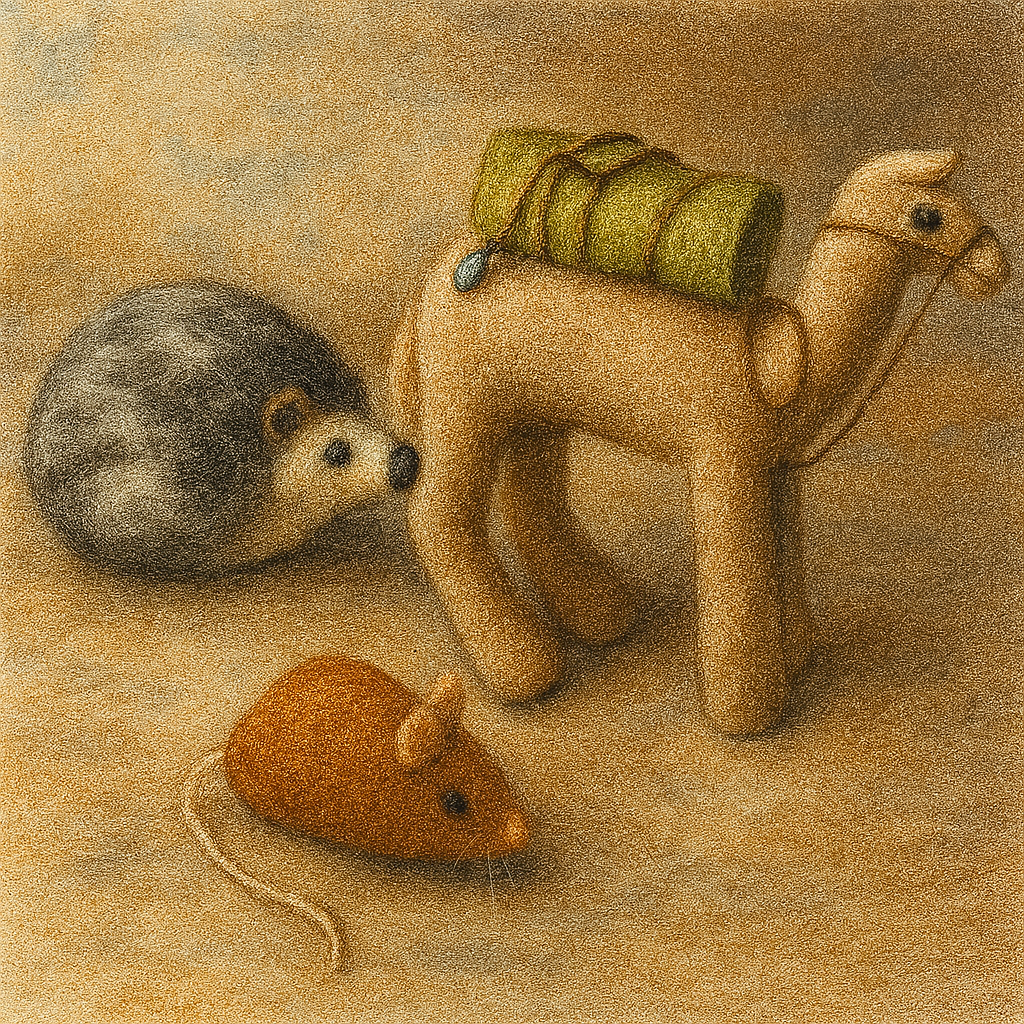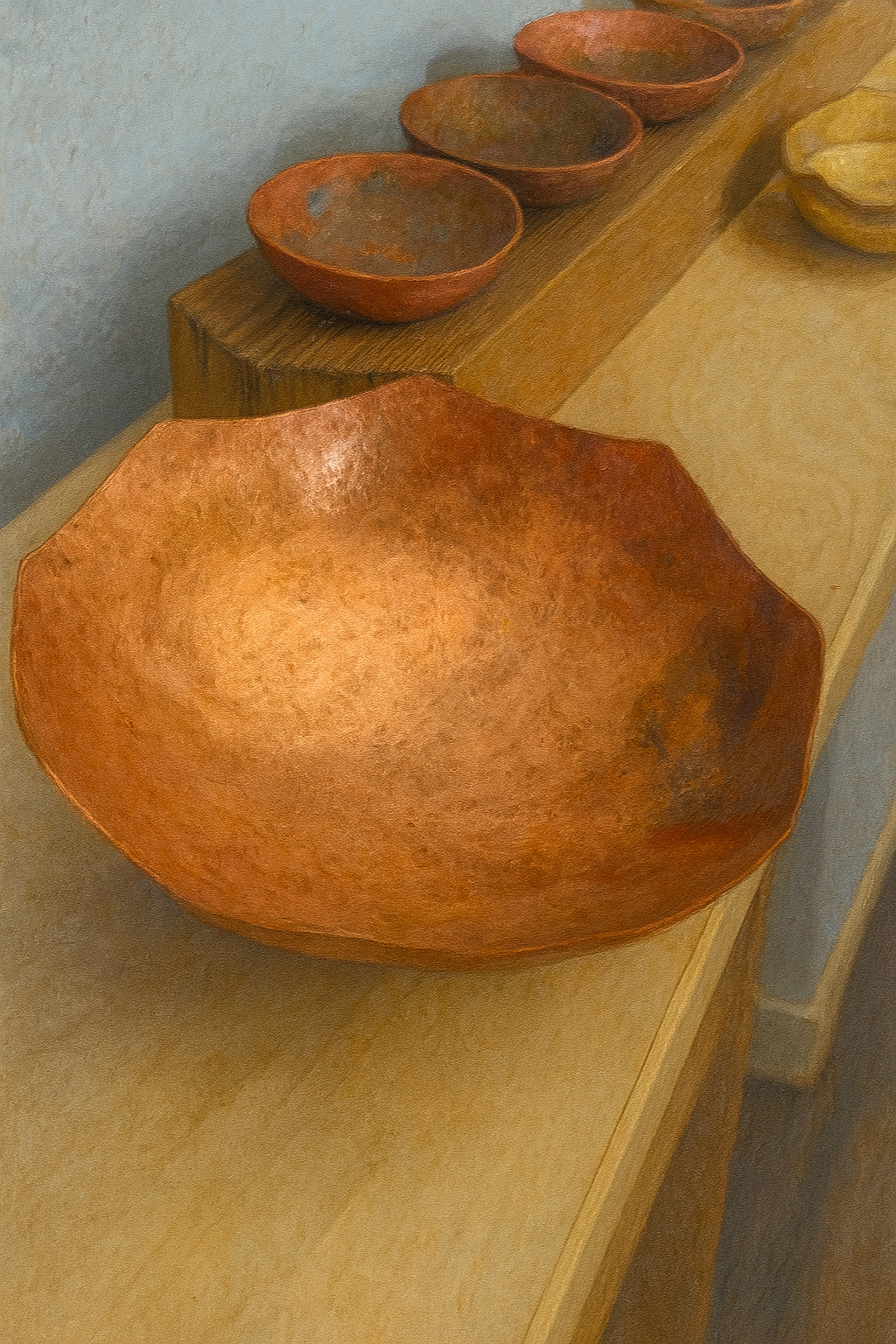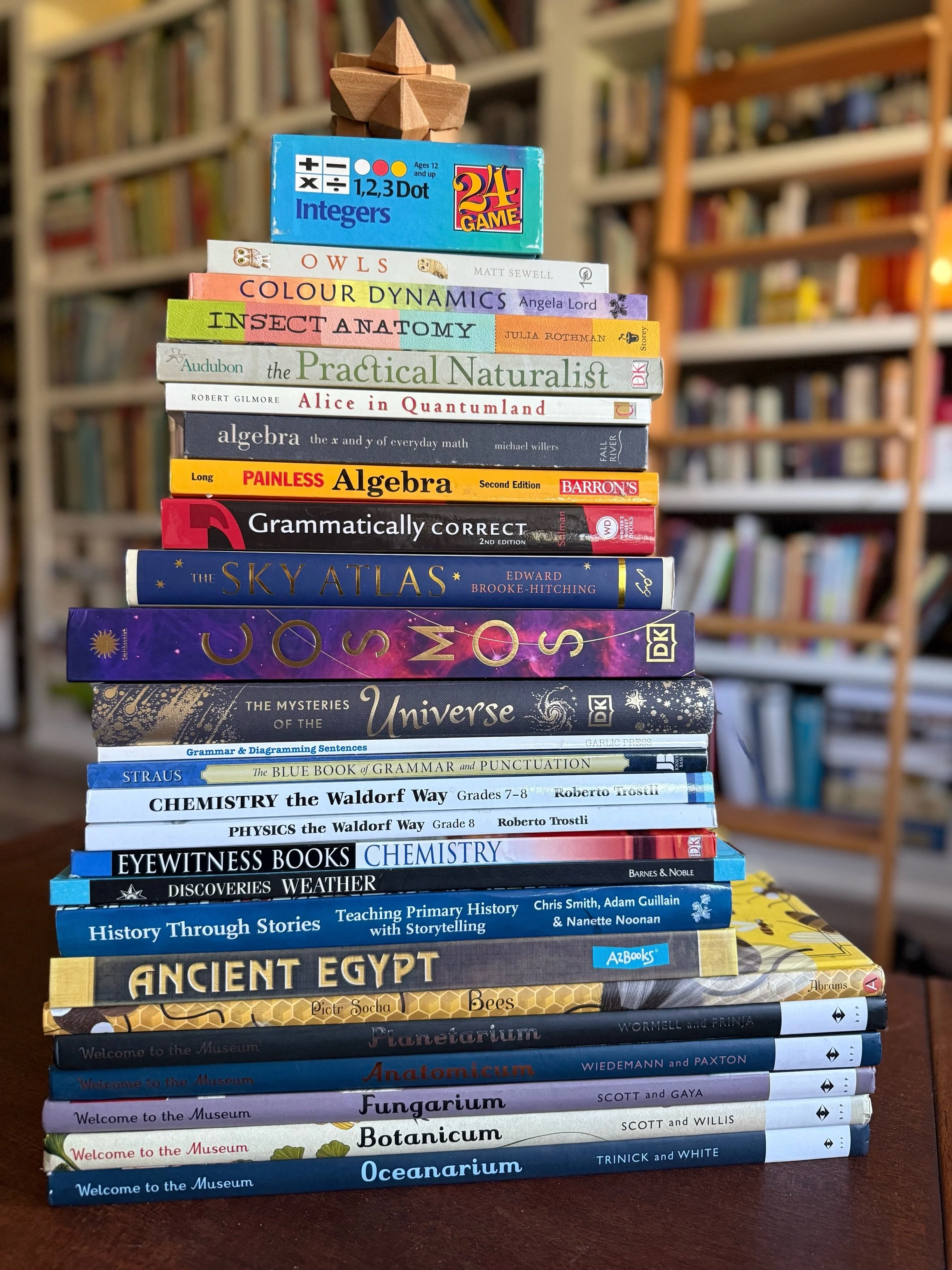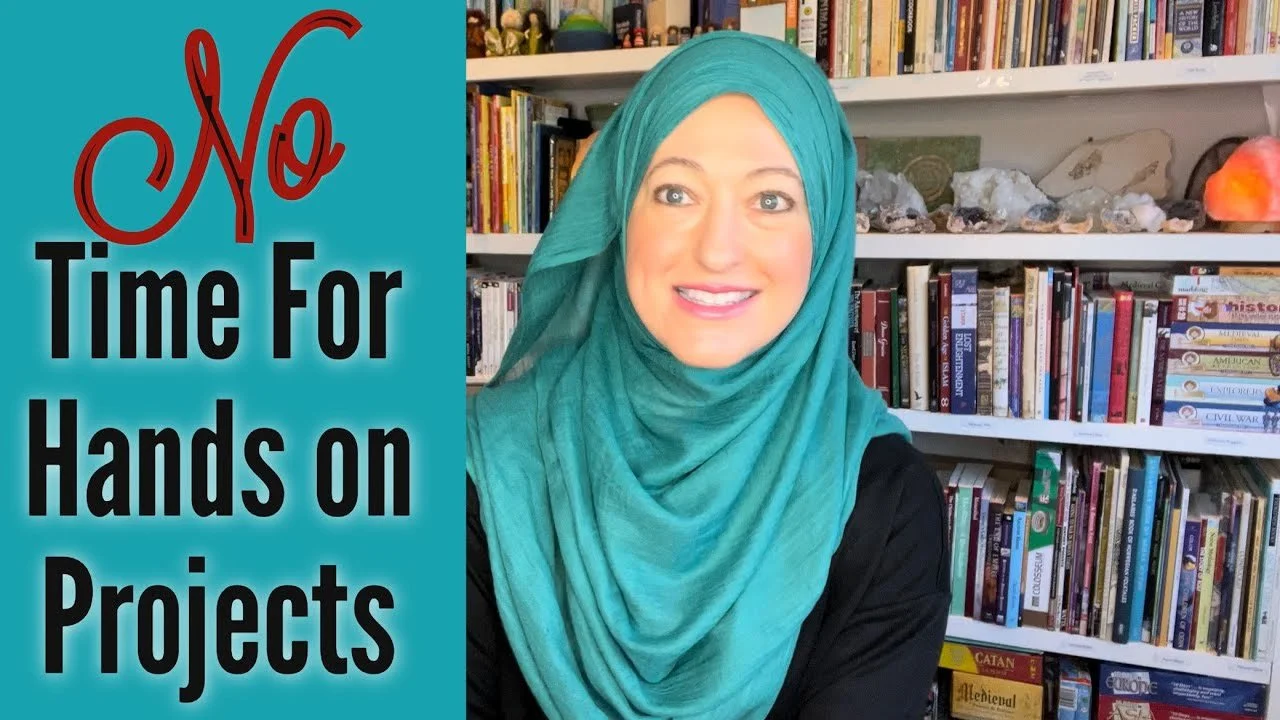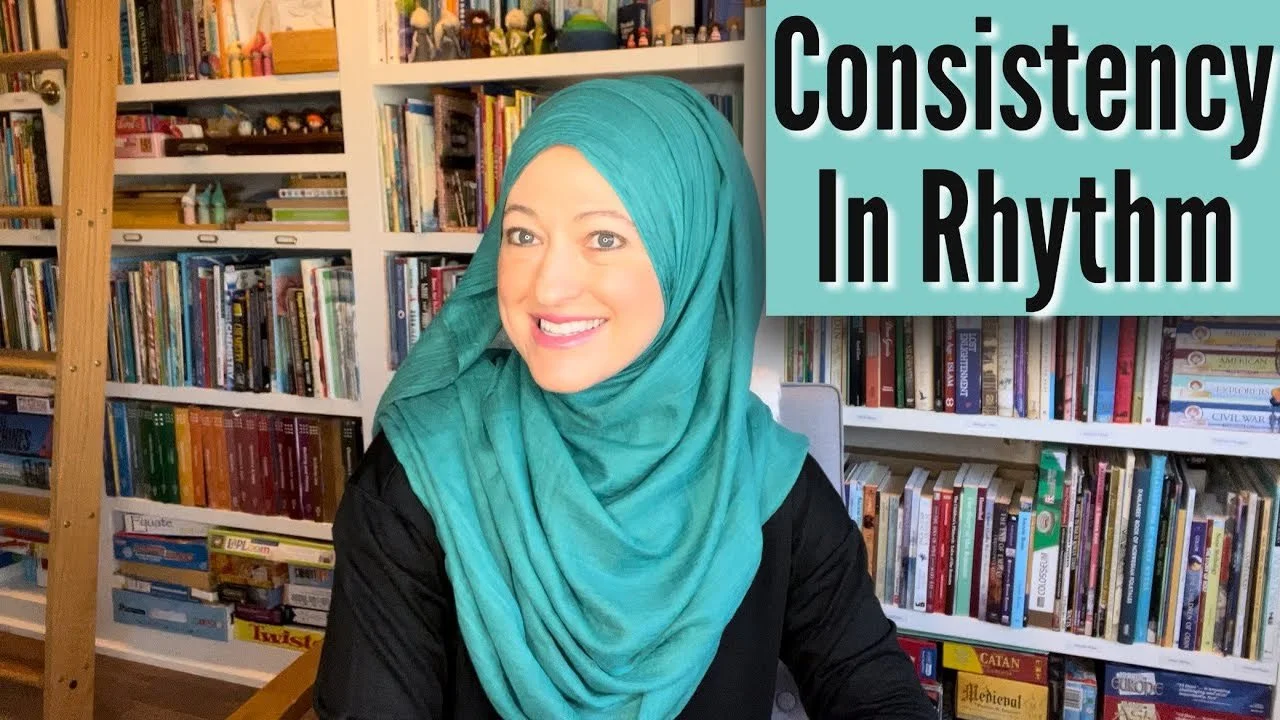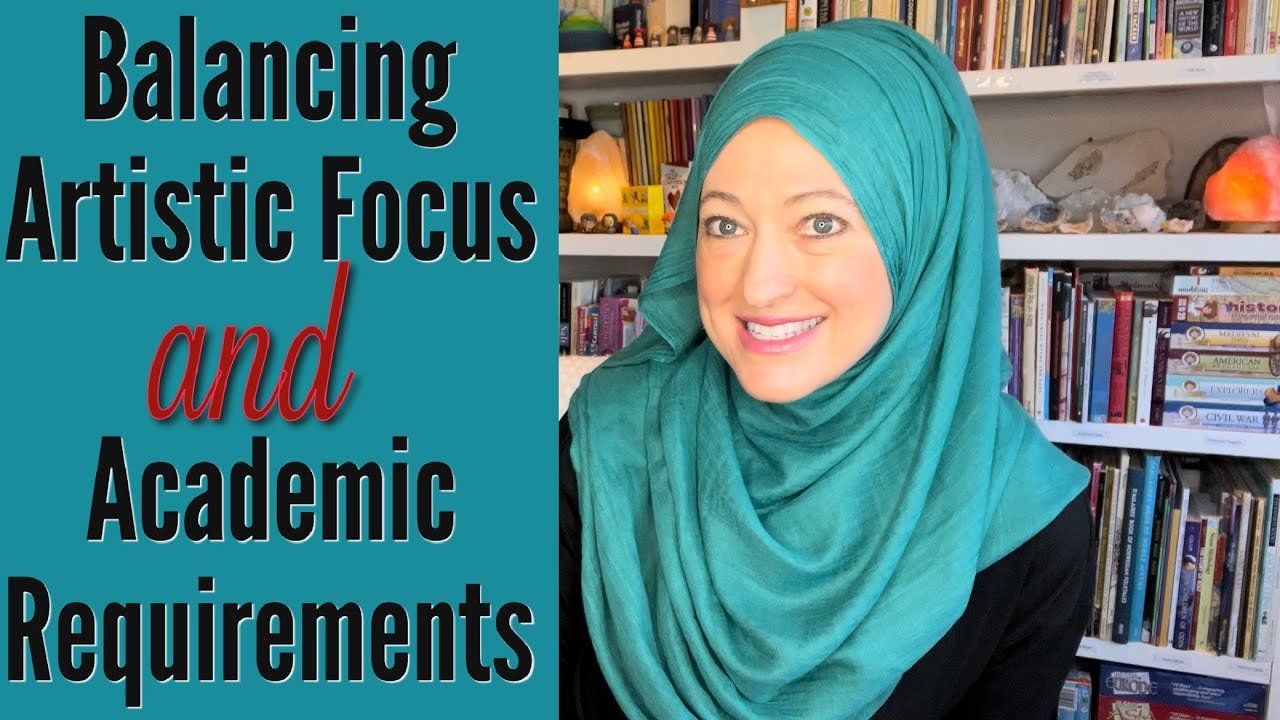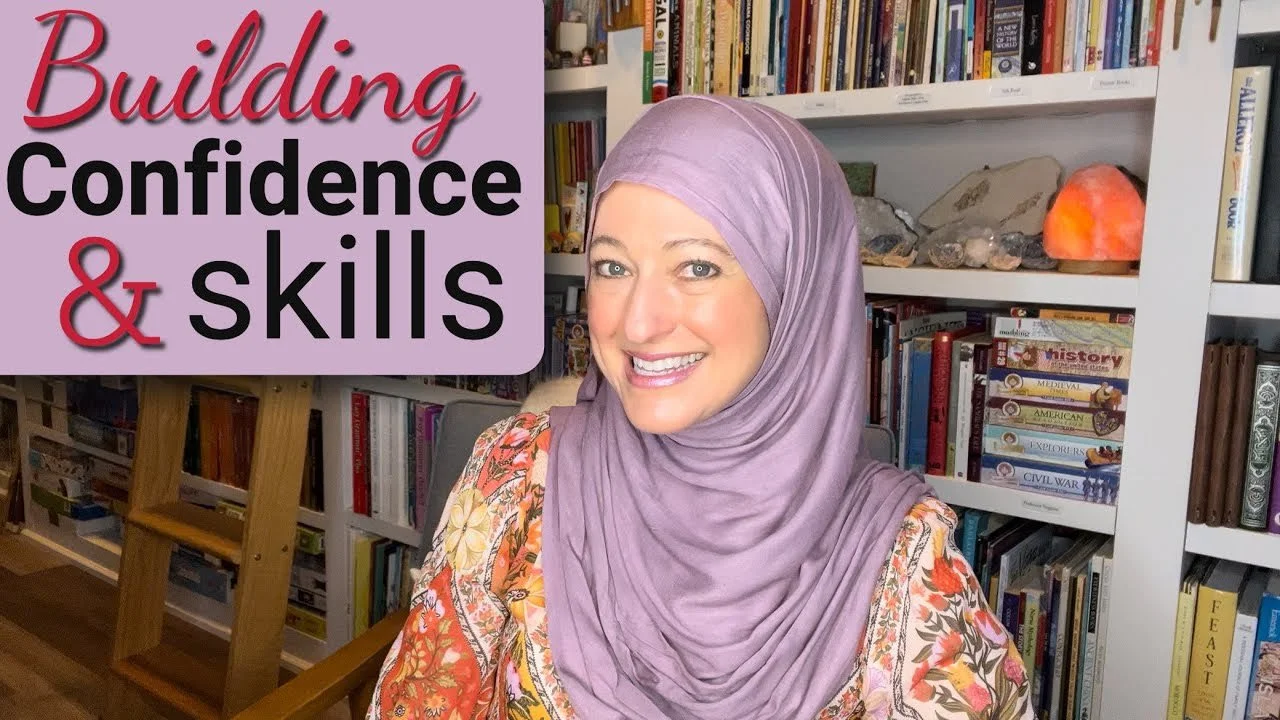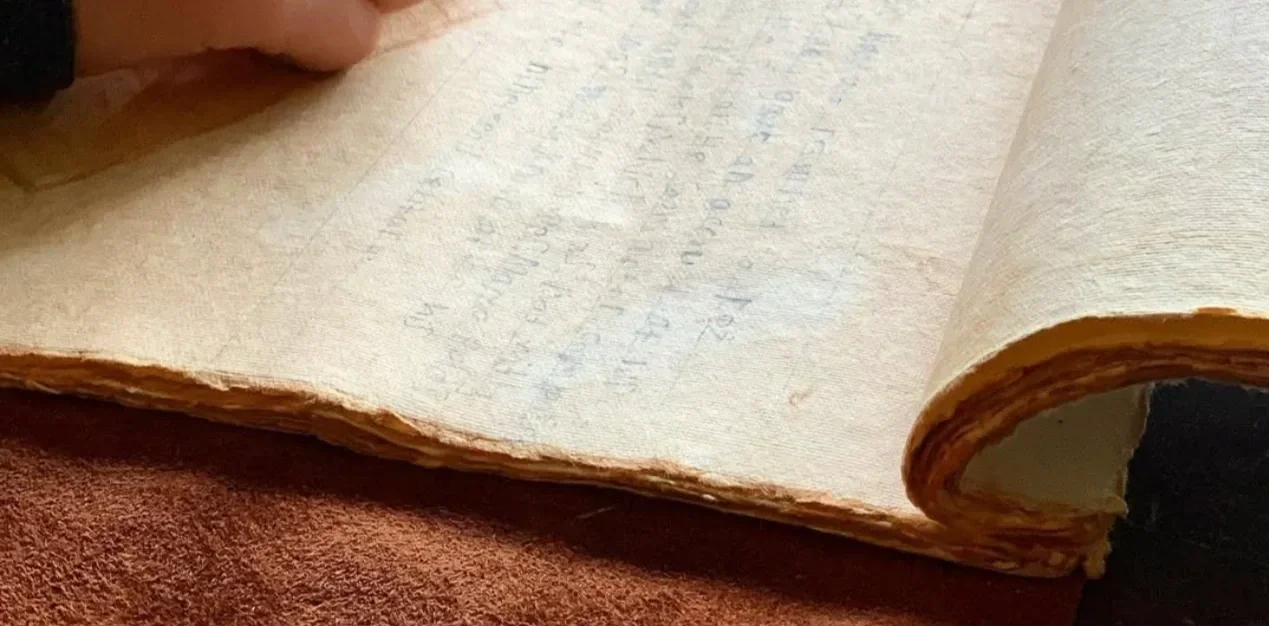
Pepper and Pine
Inspiring a Love of Learning
Educational resources for the Waldorf Inspired homeschool & classroom
“True Teaching is a shared experience. It nurtures both the student and the teacher.”
Teaching is a dynamic relationship between the teacher and student. The same care we take in crafting a beautiful curriculum should also be taken in creating a learning experience that is joyful, engaging and enriching for both. Nourish your experience with monthly newsletters.
Begin your journey here…
Welcome to Pepper and Pine—a space dedicated to enriching your homeschooling journey. Here, you’ll discover video tutorials and articles on education, homeschooling, crafts, recipes, and organization. My goal is to help make your homeschooling experience both enjoyable and deeply fulfilling.
I’ve organized this site by subject as well as grade level; however, you’ll find many lessons are well suited for multiple ages and grades.
If you are new to Waldorf, begin with the articles and videos on Waldorf education. Often I find that families like to include a bit of Waldorf, especially when the children are young.
If you prefer a unit study approach, I have an extensive collection of options in science, math, history, language arts and even form drawing. Handwork holds a special place in my heart and is the one speciality Waldorf subject I strived to include each year.
Part of our family culture is to cook our main meal at lunch. Cooking and food are a central tradition in our home. I’ve collected many of our recipes — some I learned from friends, others from families and still others are inspired from our restaurant experiences. I’ve organized our recipes into appetizers, salads, main dishes, desserts and drinks, but those main dishes include breakfast, lunch and dinner.

Explore the Latest Post
Subjects, Main Lessons & Unit Studies
What subjects work best with unit studies, and which belong in main lesson blocks? And what’s the difference between the two? This post details the difference between unit studies and main lesson blocks so you may find an approach that works best for you and your family.
In our homeschool, we’ve used both approaches, each serving a unique purpose. As you explore the subjects and main lesson blocks, you’ll notice that some align closely with Waldorf pedagogy, while others reflect my children’s personal interests. You’ll also find an extensive collection of subject-based video lesson, rather than grade level-based lessons organized under the subject tab. There you can explore science, math, history, language arts, form drawing, with handwork featured under the Waldorf section.
I design our lessons with multiple ages in mind, creating a family-style homeschool where everyone can learn together. You can explore specific subject areas or scroll down to see previews of Science, Math, and History lessons.
Subjects
The Grades
Main Lesson & Main Lesson Block
A main lesson is at the heart of Waldorf education and forms the rhythm of each school day. It usually lasts about two hours and includes an opening activity, a review of the previous day’s work, an artistic representation of the lesson, and new material. During this time, students focus on a single subject through narration, illustration, writing, and artistic work. The main lesson brings together thinking, feeling, and willing, offering a rich and balanced way to learn that is developmentally appropriate. While subjects such as foreign language, music, and handwork happen twice weekly or weekly, the daily main lesson provides a focused time for deep exploration and meaningful engagement.
A main lesson block is a concentrated study of one subject such as history, science, or mathematics that typically lasts three to four weeks. Each day, the same subject is taught to allow students to immerse themselves in the topic and build continuity in their learning. Once the block is complete, that subject is set aside until it returns later in the year. Unlike unit studies, which weave several subjects together around a theme, main lesson blocks stay focused on one area while allowing natural connections to arise. Teachers have freedom to choose the order and timing of each block, creating a cohesive and creative learning experience that serves the developmental needs of the child.
Learn more about the main lesson block approach & how to create a successful main lesson.
The Waldorf Main Lesson & Main Lesson Block
-
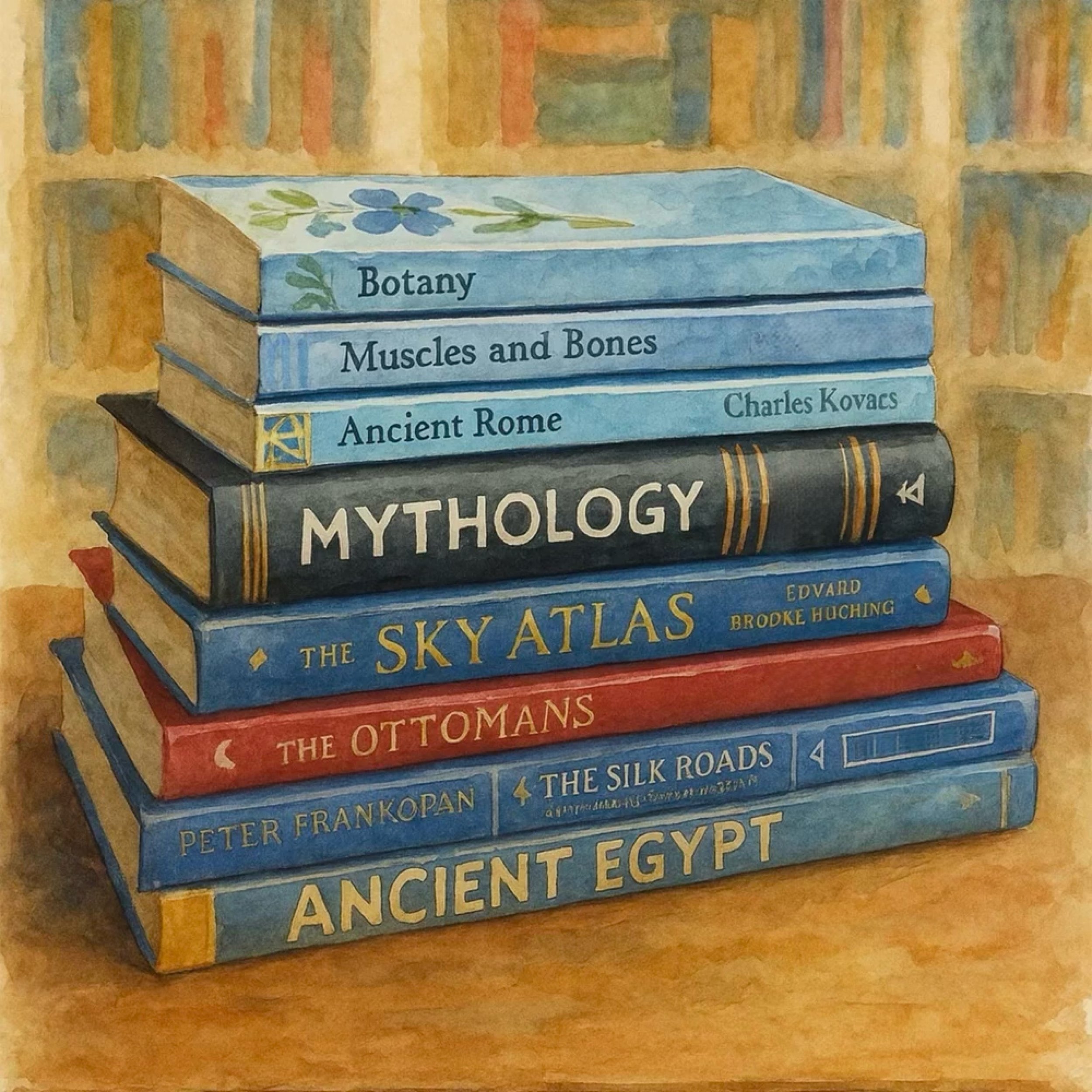
The Main Lesson Block
A Main Lesson Block is unique to the Waldorf pedagogy. Blocks rotate throughout the year, lasting about 3-4 weeks. During a block, a single subject is explored in depth.
-
The Main Lesson
What is a Main Lesson and how does it differ from other lessons? A Main Lesson is unique to the Waldorf pedagogy and follows a three day cycle unlike other methods of lesson delivery.
-
Opening Activities
Opening Activities are the first lessons of a main lesson. Playing games, doing mental math or practicing tongue twisters are some activities that help the students engage in preparation of the main lesson.
-
Daily Work
Daily work is necessary though separate from the work of a main lesson. Lessons in grammar and math are typical daily work practice that students perform daily to become proficient in practical skills.
Waldorf Math
In the Waldorf approach, mathematics is taught through rhythm, story, and imagination, allowing numbers to come alive in ways that reflect a child’s natural growth. Math is not presented as an abstract subject but as something living and connected to the world around us. In the early years, children explore the qualities of numbers before moving into the quantities of numbers, building a foundation of wonder and understanding. Over time, the lessons move from hands-on experiences and imaginative stories to logical thinking, proof, and abstract concepts in the upper grades. Mathematics begins with the basics of arithmetic where the four math operations of addition, subtraction, multiplication and division are taught in Grade 1. Mastery takes years but quickly, fractions and decimals are introduced followed by Geometry starting in Grade 5 and Algebra in middle school.
Waldorf Science
In the Waldorf approach, science is introduced formally in Grade 4 with zoology and in Grade 5 with Botany, but it is not until the study of physics, chemistry and anatomy in middle school that science study will resemble the scientific approach many are familiar with. Science is taught naturally and through interaction and observation starting in kindergarten with play in nature. Later children take guided nature walks, listen to nature stories and collect natural treasures for the seasonal table. A deep relationship with nature is built organically and age appropriately so that when the formal studies begin, students are developmentally ready for the content. Lessons are built on a foundation of exploration, experience and natural discovery.
Elementary Science Main Lesson Blocks
Middle School Science Main Lesson Blocks
Waldorf History
History can be one of the most thrilling subjects to explore whether or not you do a Waldorf approach to your Homeschool. Some of the most fantastical stories are true! But what stories to tell and when to tell them depends on your educational approach.
The Waldorf approach to history is entirely based on the child’s emotional, intellectual, physical, and most importantly, spiritual development.
In Grade 1, the young child of seven years old steps into the world of learning. This is their first formal introduction to classroom, academic learning. At this age, the heart is still fully immersed in wonder, imagination, and whole picture thinking. Children are not ready for abstract thought, critical thinking or analytical, explanations.
Learn about the Waldorf approach to History for Grades 1-8
Ancient Civilizations
World History
US History
Handwork
Handwork is a subject found in Waldorf schools just as you would find math or literature. However, handwork classes are not daily, rather they are twice a week or weekly. Handwork is the willing of the child manifested beautifully, artfully and with much perseverance and dedication in projects using natural materials like wool or cotton.
Just as the Waldorf pedagogy aims to support the child with education that meets the developmental needs and changes of the child, so does the handwork approach. Each year, the child is introduced to a new skill which reflects their needs. In many ways, the handwork projects and skills mirrors the main lessons for that grade level.
For instance, in Grade 4 when the student is awakening to their individuality and studying Norse mythology, the handwork focuses on embroidered initials and celtic embroidered forms. In Grade 8 when the student is studying the industrial revolution, he is introduced to the sewing machine in Handwork.
Handwork Through the Grades
Homeschool Haul
Nothing excites a new school year like a homeschool or curriculum haul. I make a couple huge orders in the summer and winter for material to last the semester and year, often with materials to use again and again with my other students. Many of the supplies I get are either books, handwork material or hands-on projects. I get most of my supplies from a few of my favorite vendors: Rainbow Resource, A Child's Dream, Acorn Naturalists, and Nature-Watch. I also buy from Waldorf Supplies, Barnes and Noble and other vendors. We homeschool using a charter school which provides educational funding to purchase homeschool related materials, so much of what you see in my curriculum and homeschool hauls comes from charter funding. While this allows me to try out new materials without the worry of cost, the materials do belong to the school and need to be returned to the school when we withdraw from the school. Consumable items are not returned as well most of the books and games.
Waldorf Inspired Homeschooling

